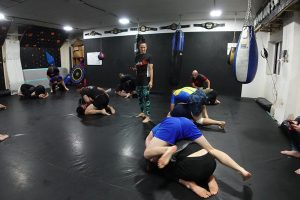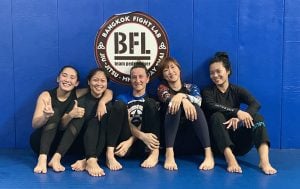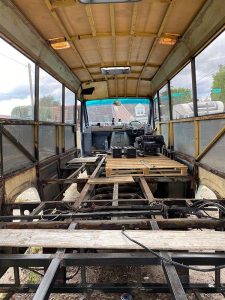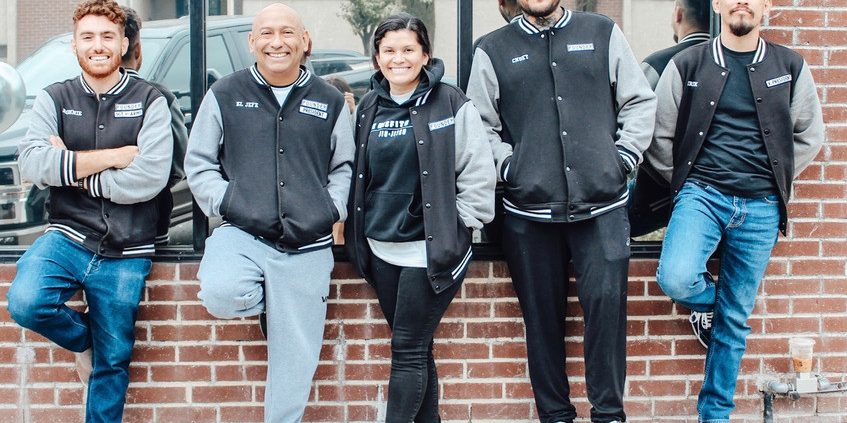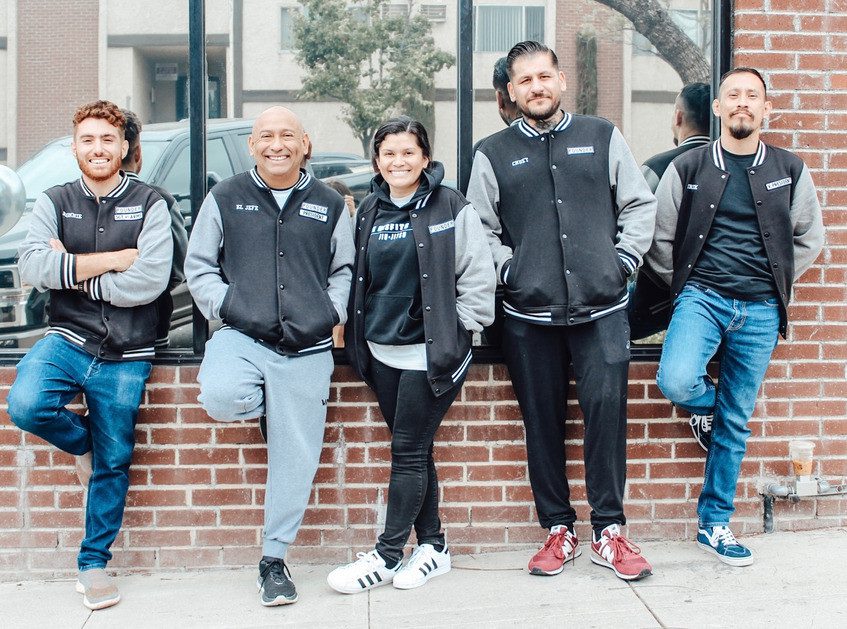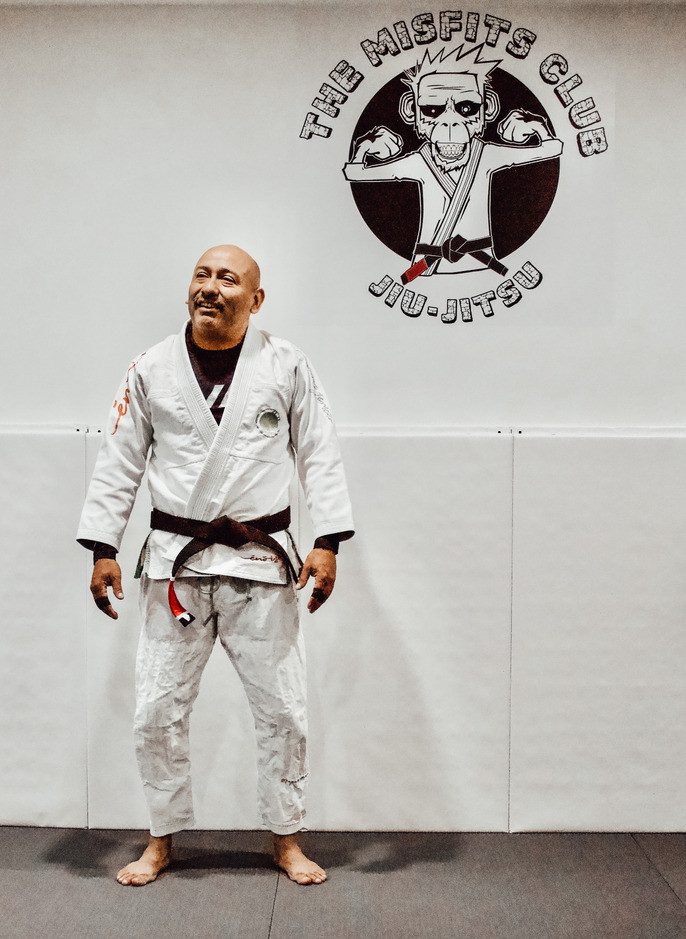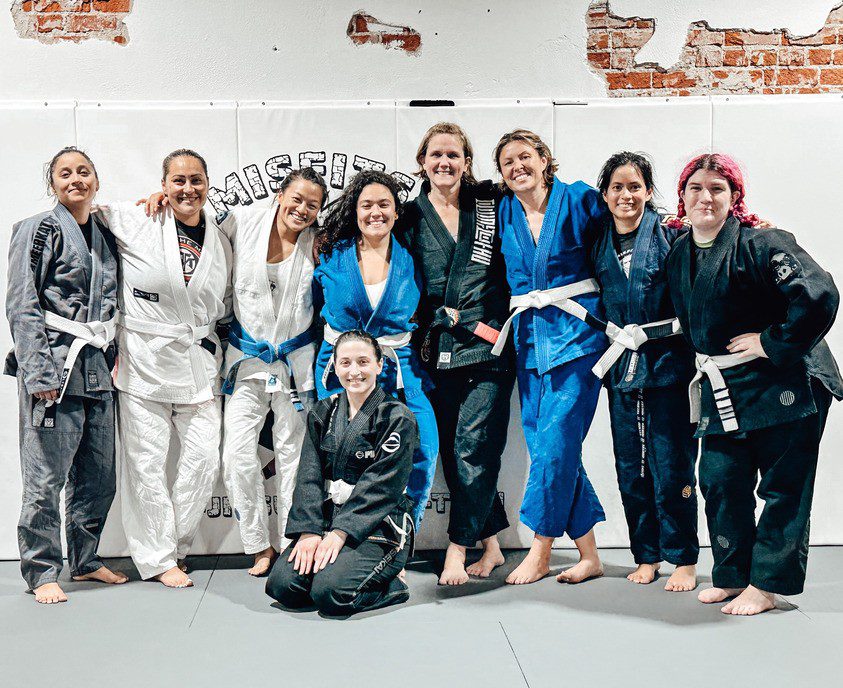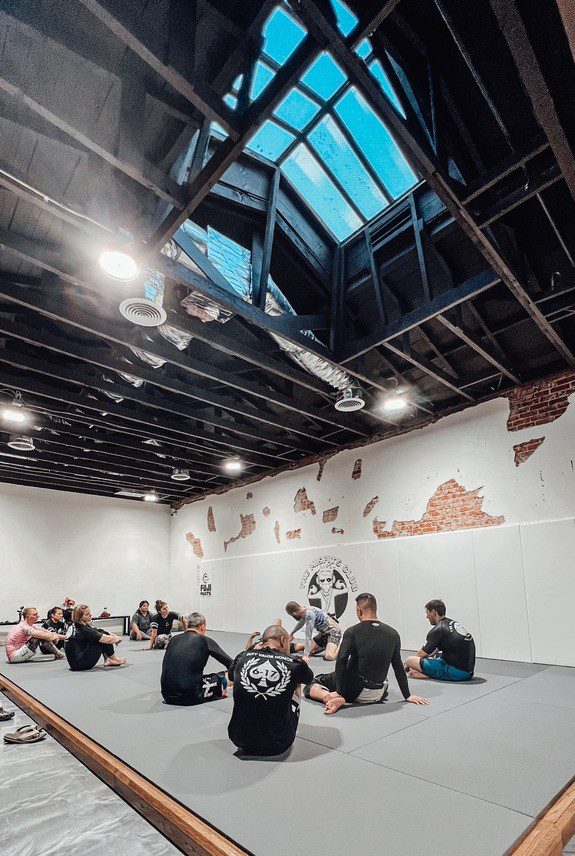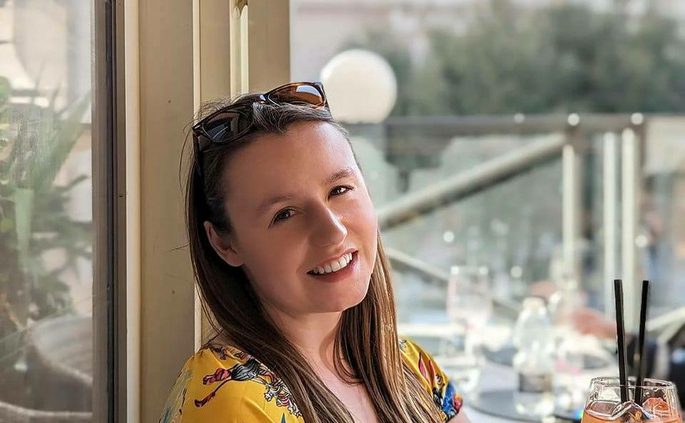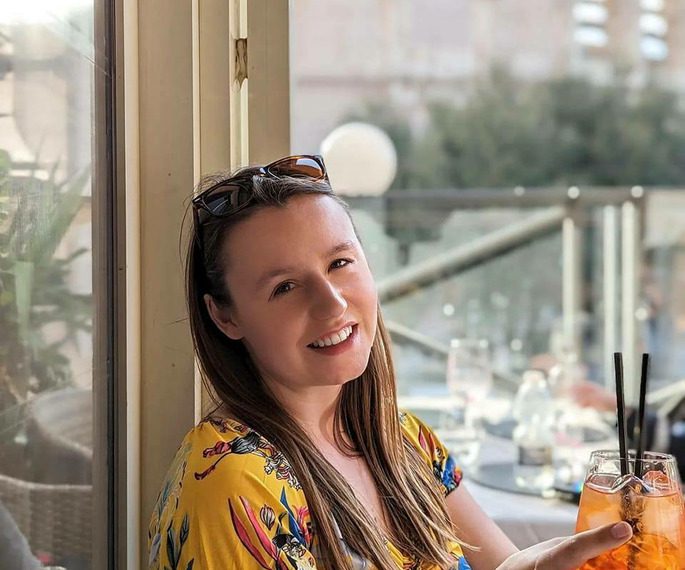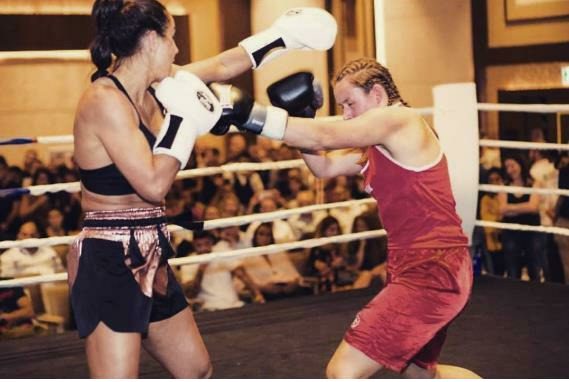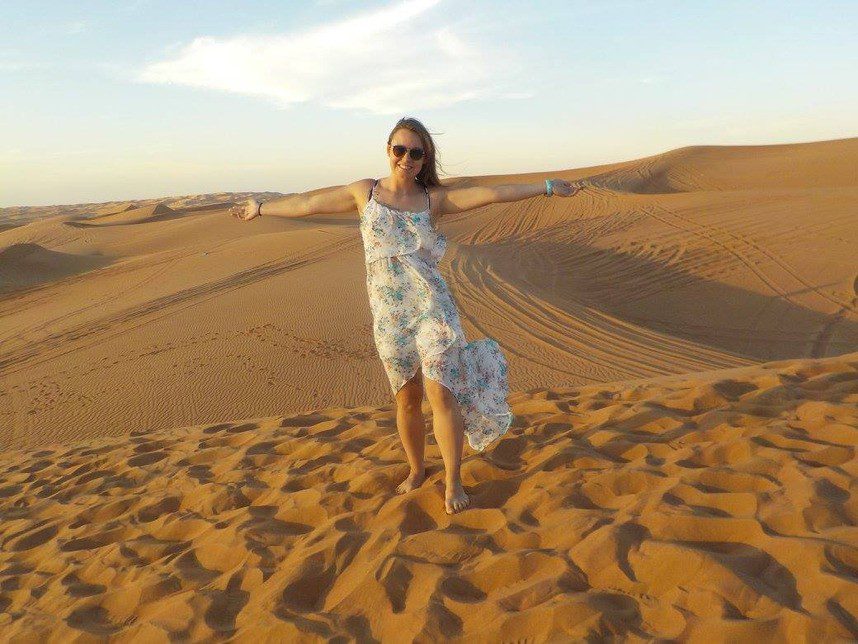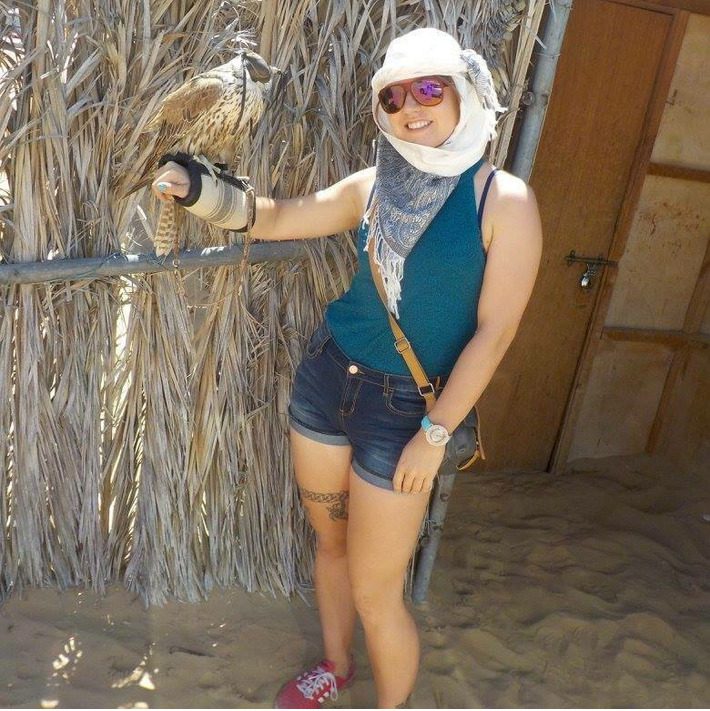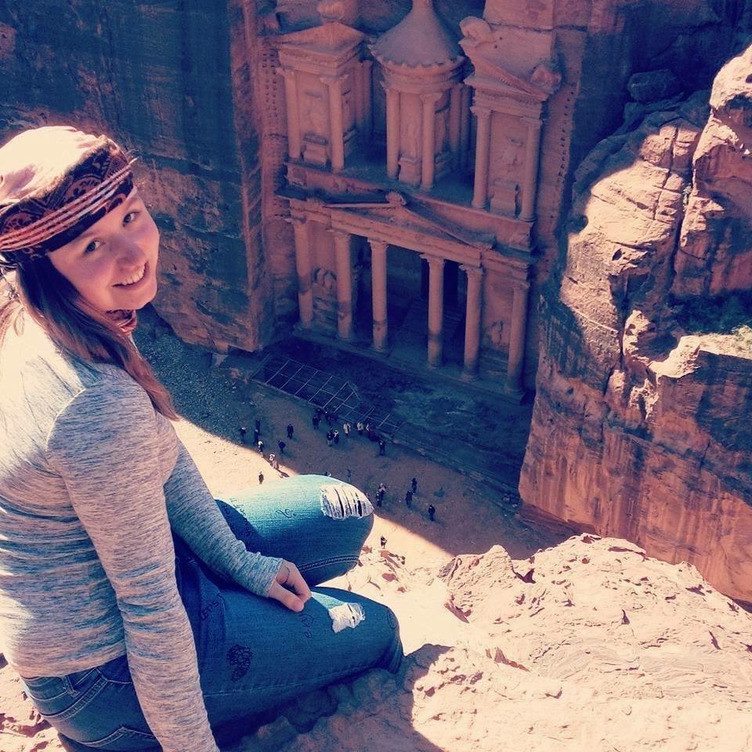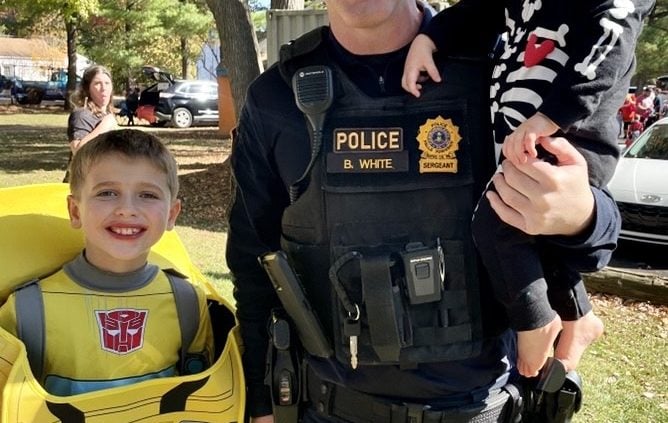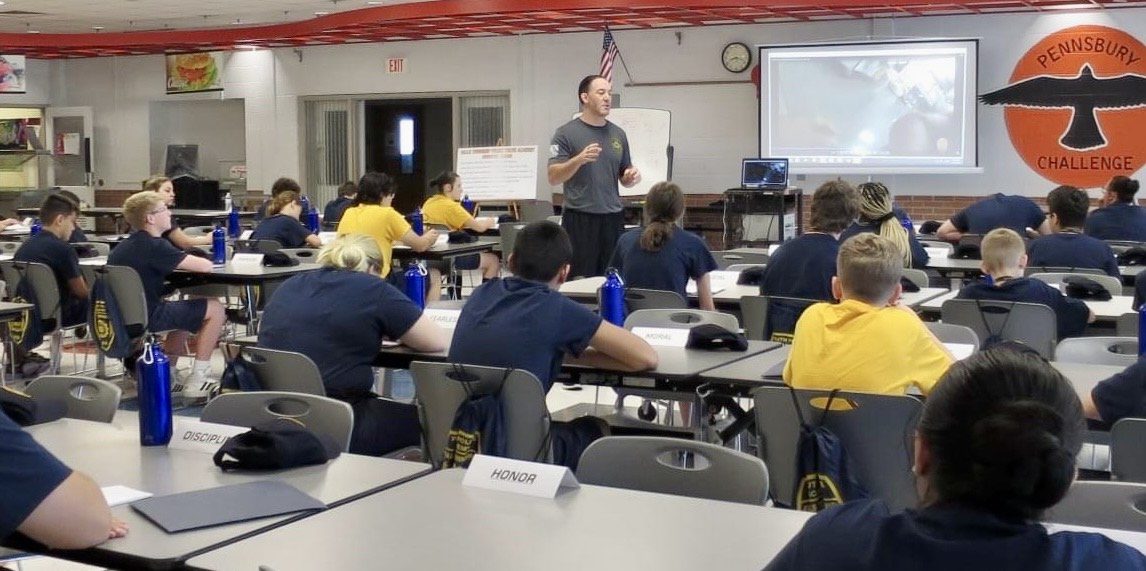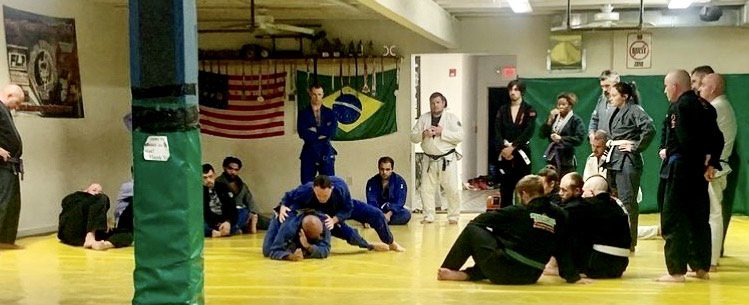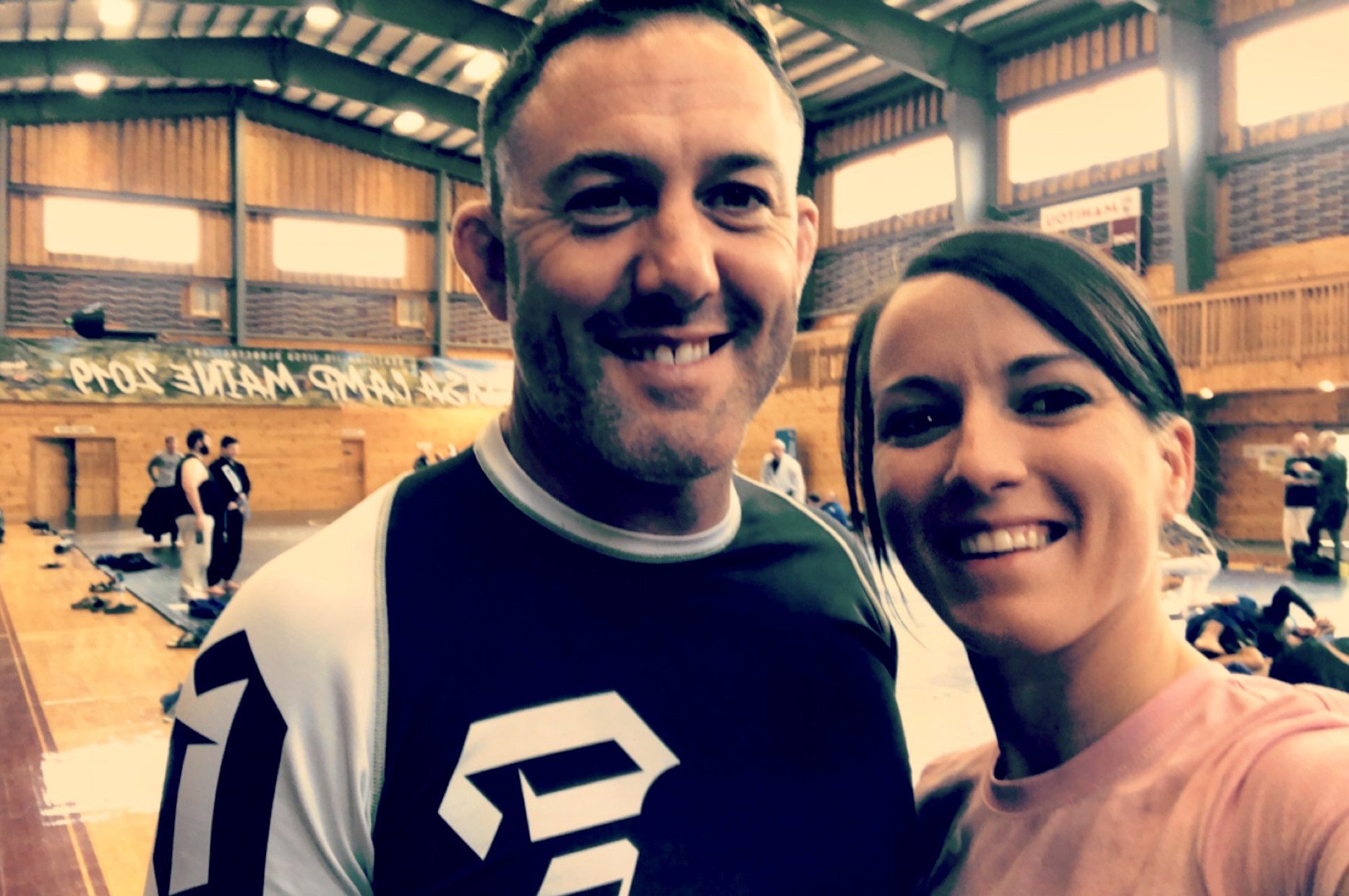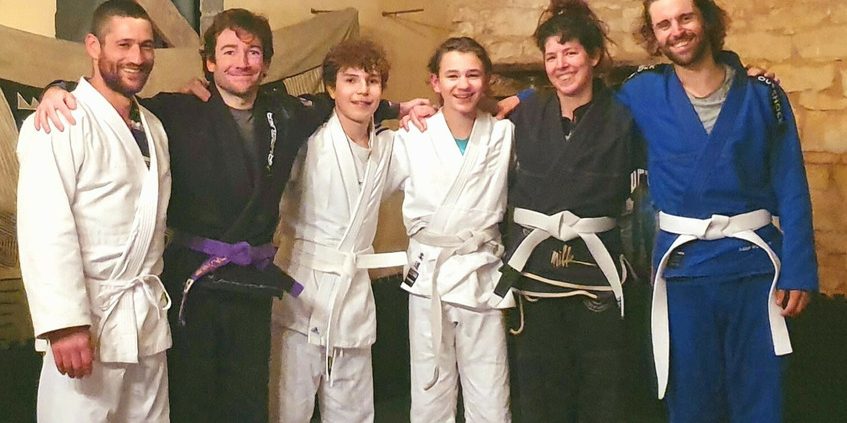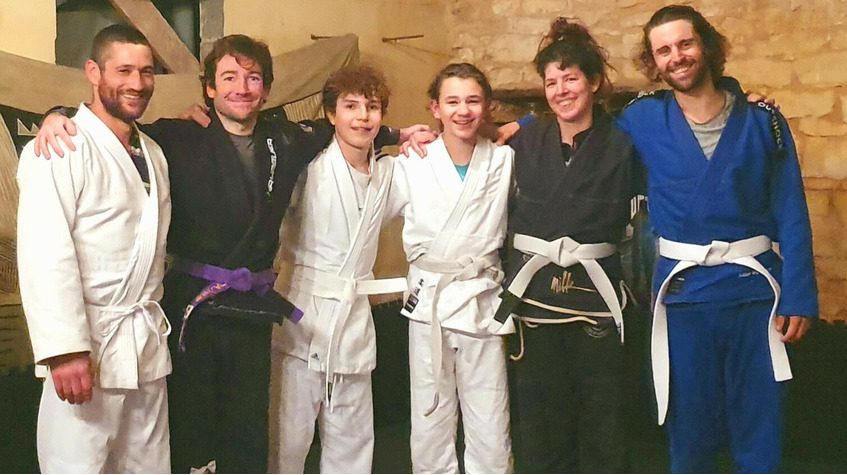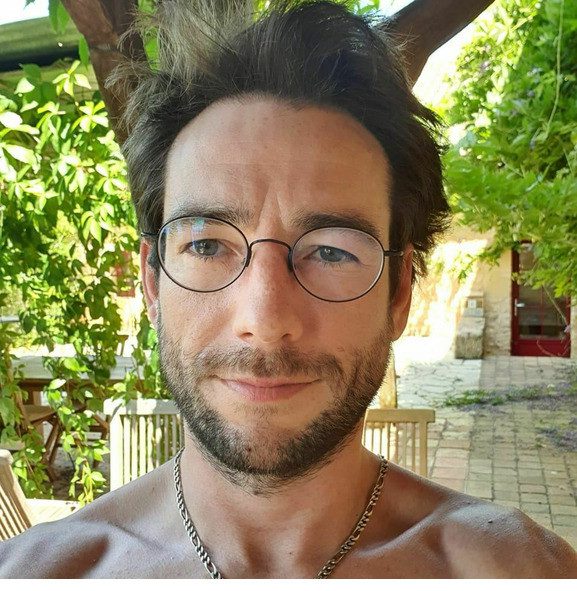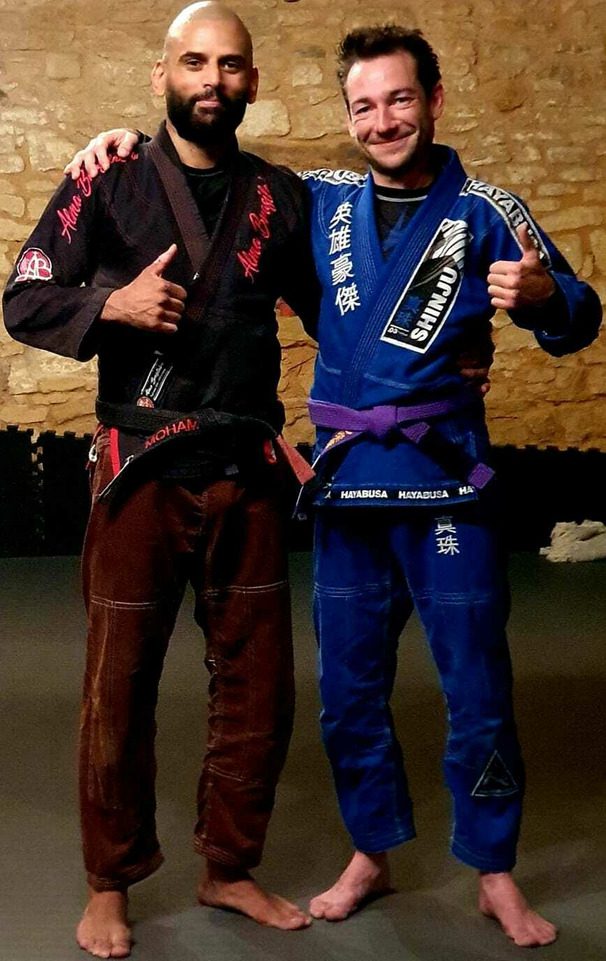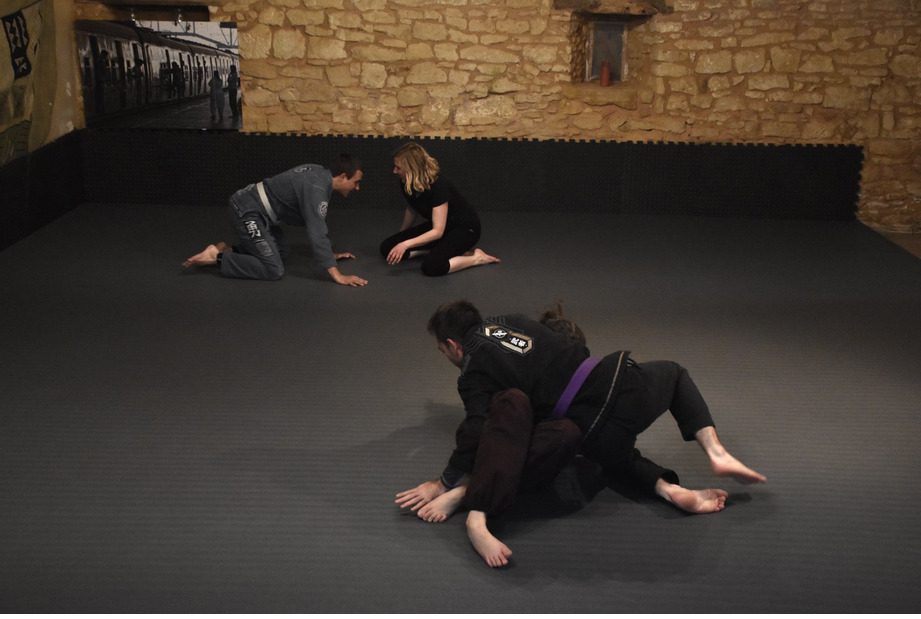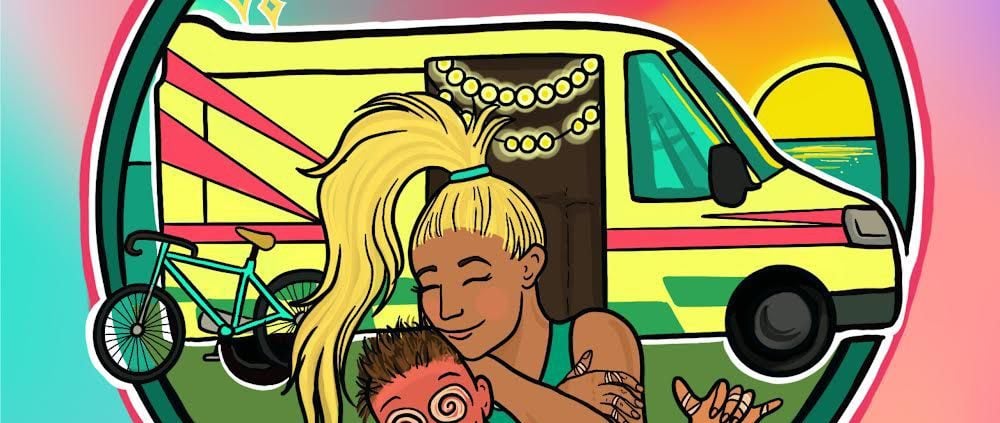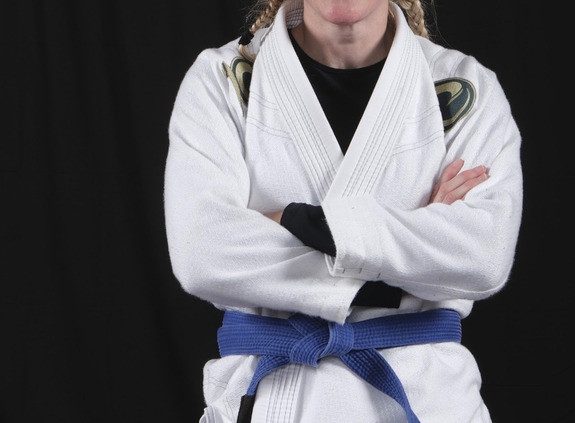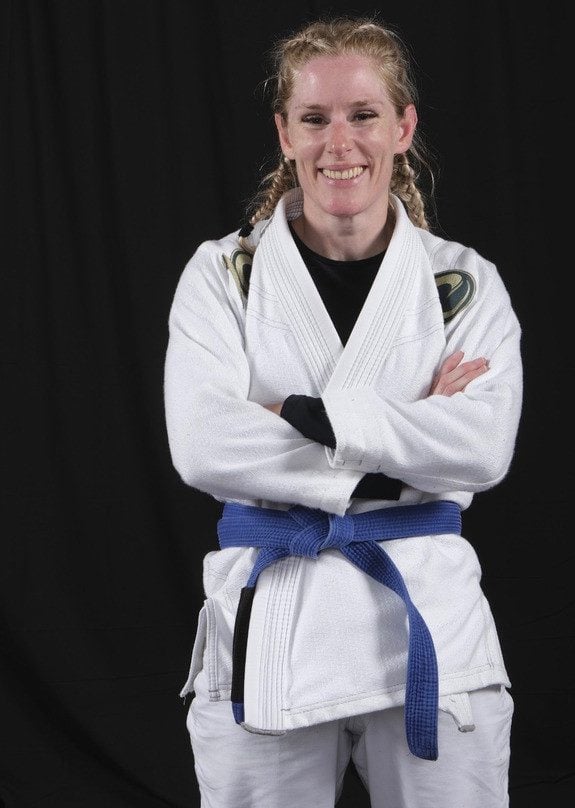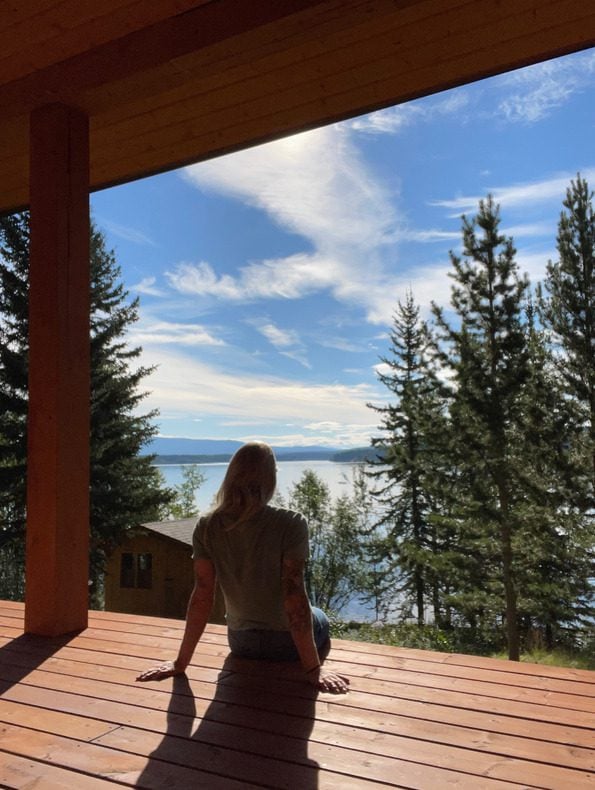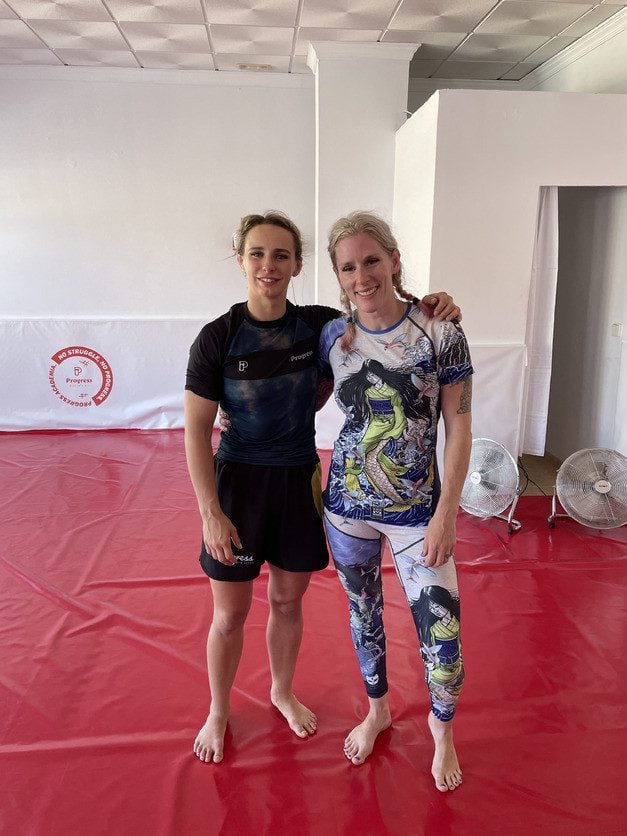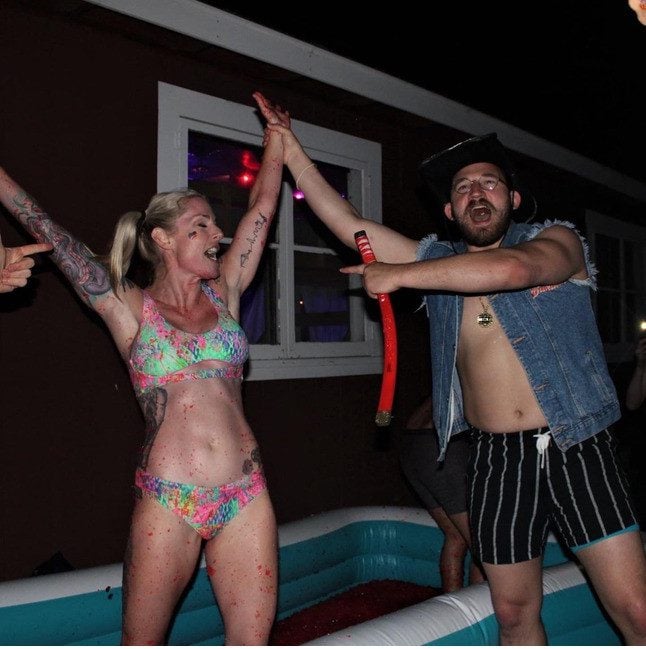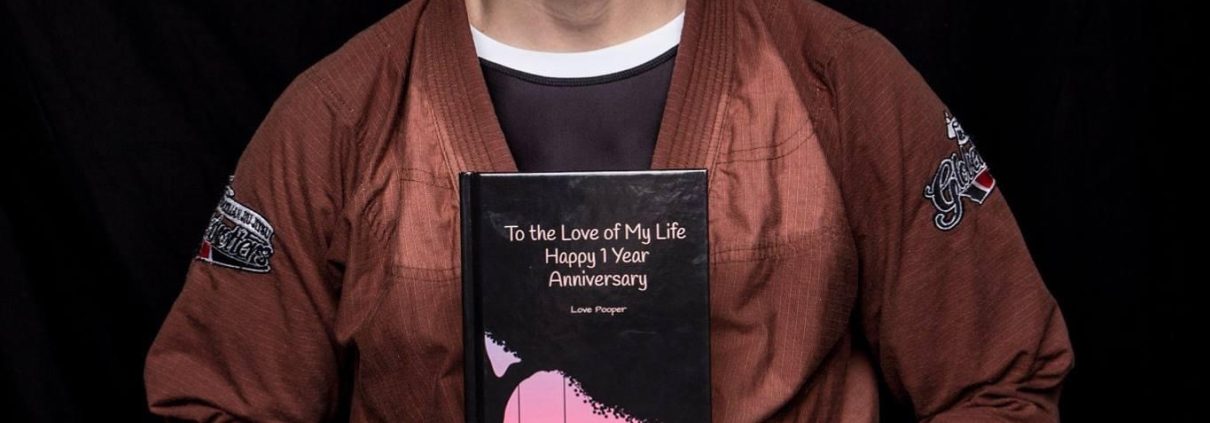Featured Traveller: Melissa Franson – BJJ Globetrotters
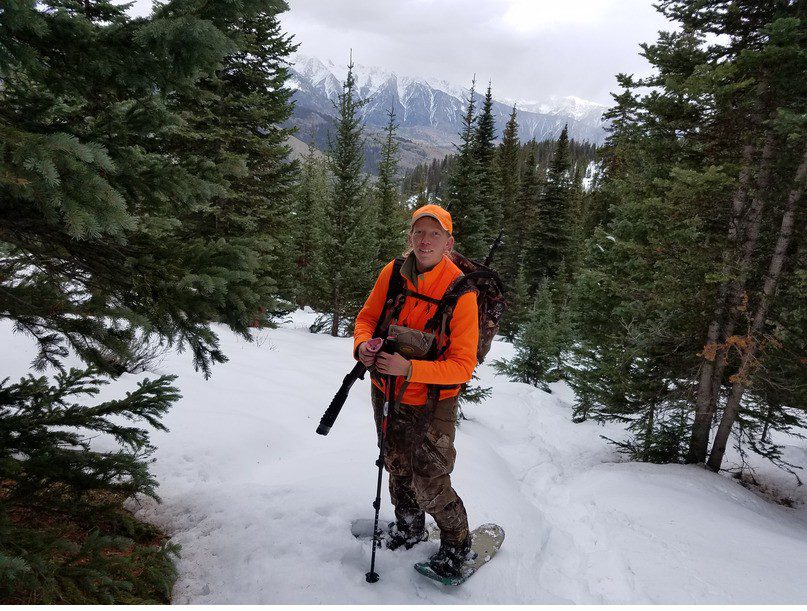
Age: 37
Belt: Blue
Profession: Pharmacist
How many years in BJJ: On and off for 6 or 7 years
Other martial arts: I started with aikido, then switched to judo and BJJ. We’ve started doing some boxing/combatives/MMA in the last couple years at our gym. I competed in Irish Collar and Elbow wrestling at the Faroe Islands camp.
Where do you live: Pittsville, WI, USA
Where are you from: Pittsville
Other fun or curious information you would like to share: I also enjoy going hunting. It’s nice knowing where my food comes from how it was handled through the whole process to get to the freezer. It also allows me to spend time outdoors.
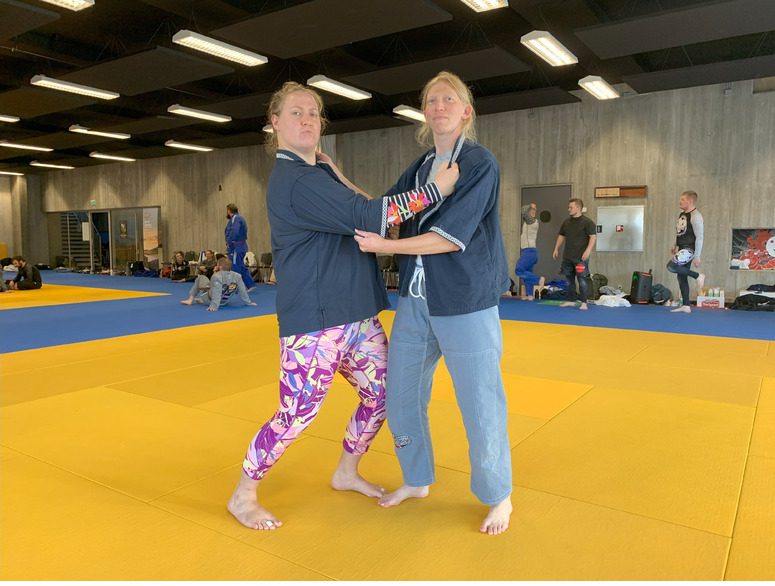
Melissa Franson – BJJ Globetrotters Camp in Faroe Islands
Tell us what inspired you to travel and train?
During most of the first year of COVID, I wasn’t able to train much because of lockdown and then things being crazy with work. I don’t remember how I first found the BJJ Globetrotters website, but I kept looking at the camps and they looked so fun. Eventually I just signed up. I said not being able to travel or train for a year made me do something crazy and sign up for my first camp.
Tell us about your most recent travel and your upcoming travel – where have you been and where are you going?
I just got back from a short trip to Yellowknife, Canada. It took me three flights to get there and three flights back, with only two days in Yellowknife, but it was a great trip and definitely worth it. I got to go dog sledding and I met some amazing people. This was my first time trying out matsurfing.
The next trip I’m planning is to the spring Zen Camp. I plan to go a few days early and stay a few days after the camp so I can do some touristy stuff and see the area. Friends have given me some tips and suggestions, but I don’t have anything set yet.
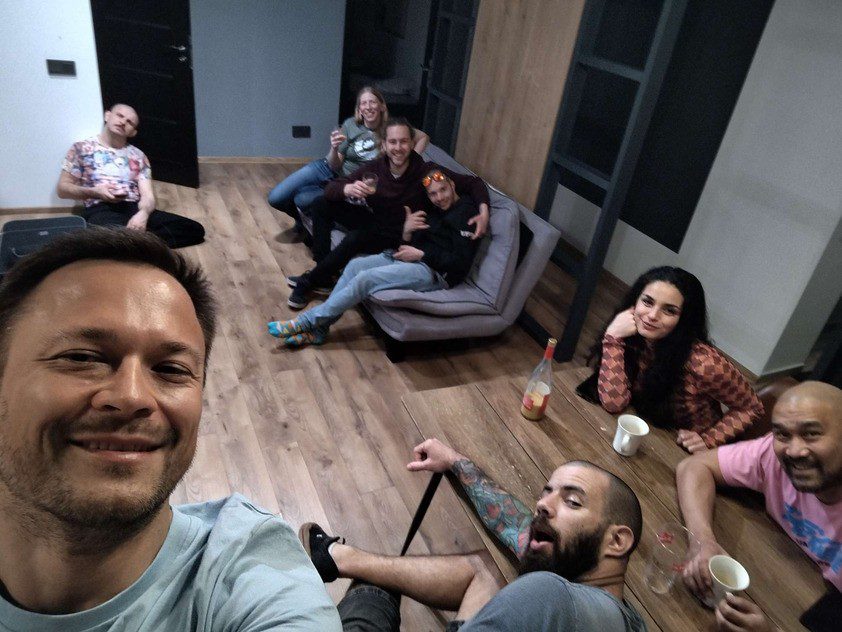
Melissa Franson – BJJ Globetrotters Camp
What are the things you enjoy about travelling?
There are so many beautiful places around the world. I enjoy being able to see and experience those places. I’ve met some pretty cool people during my travels. And the food, trying different kinds of food… you can’t say you don’t like something if you’ve never tried it.
Can you give us some examples of experiences you had that makes it worth traveling and training?
When I went to the Maine Camp, I walked into my cabin the first day and the first person I met lives two hours from me. We get together once in a while and have gone to other camps together since. It’s crazy to travel that far to meet someone from home.
The first time I met Alan Titone was at the Arizona camp. He did a class on setting goals and then taking steps to actually accomplish those goals. One of my goals was to go to Sweden and to find relatives that are still living in Sweden. So when I went to the first Faroe Islands camp last year, I decided to take an extra week since I was already in Europe to go to Sweden to visit the country (or one of the countries) my family came from. I was able to meet some distant cousins and even stayed with them for a couple days while I was there.
What has so far been the most surprising experience for you when traveling?
How easy it is to travel between countries in Europe.
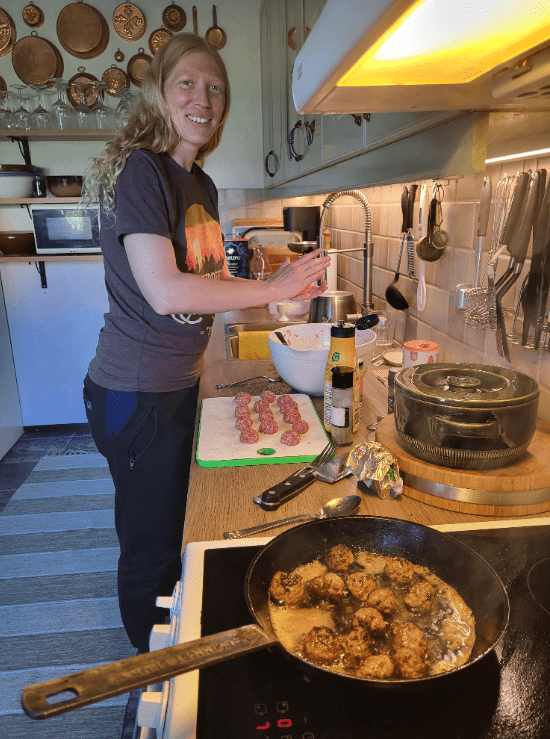
Melissa Franson – BJJ Globetrotters
Are you a budget traveller – and if so how do you plan for a cheap trip?
Sometimes, though not quite as much as I used to when I was a poor college student. When I look at plane tickets, I’ll look at different airports and different days to see where I can find a good deal, but sometimes it’s worth paying a little more for a direct flight. I’ve stayed in hostels instead of a hotel so that I can spend a little more on experiences.
If you were to pass on travel advice to your fellow Globetrotters, what would it be?
I like to look up things to do, but only book one or two things ahead of time. Then when I get wherever I’m going, I ask locals what they recommend doing or seeing. They can tell you if the things you find online are worth doing/seeing or if there’s something else that’s better/less crowded.
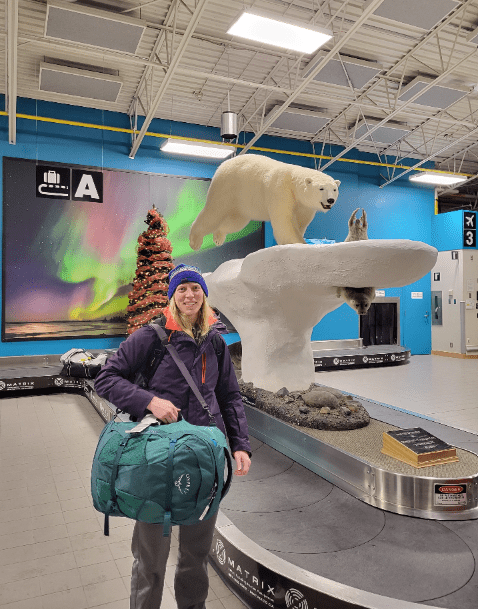

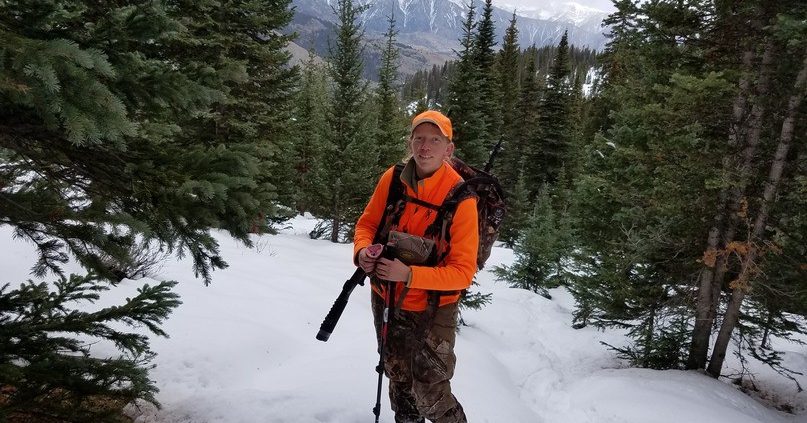
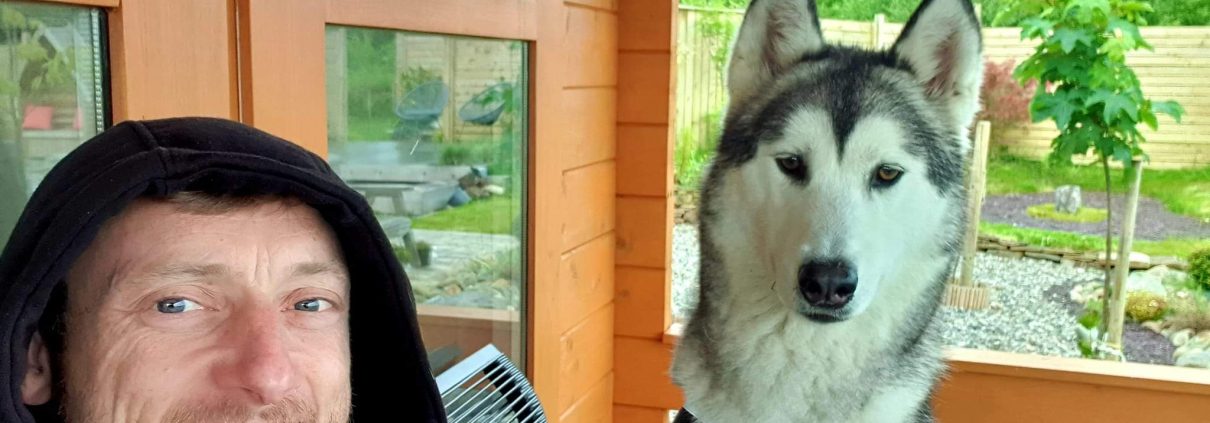
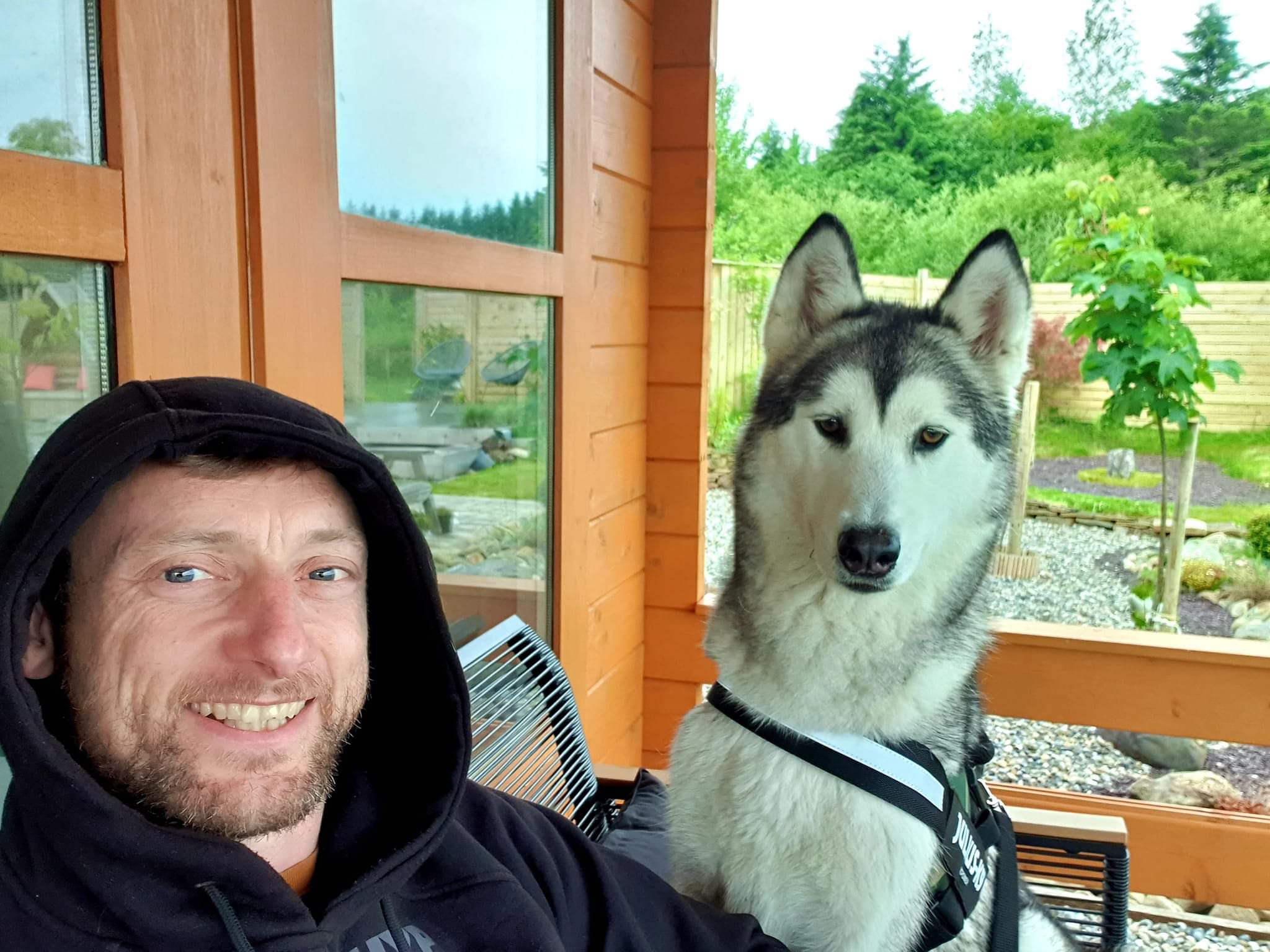
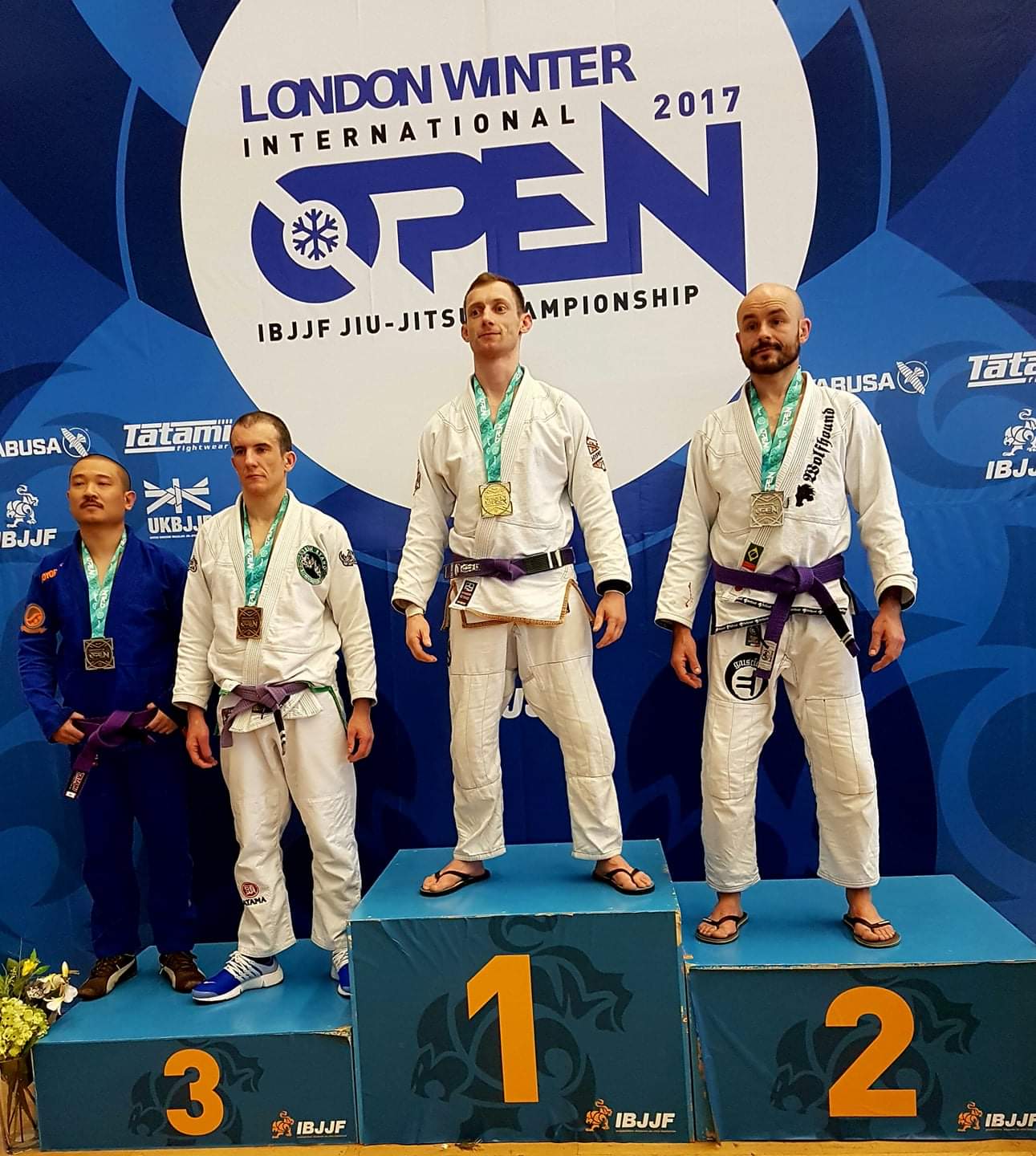
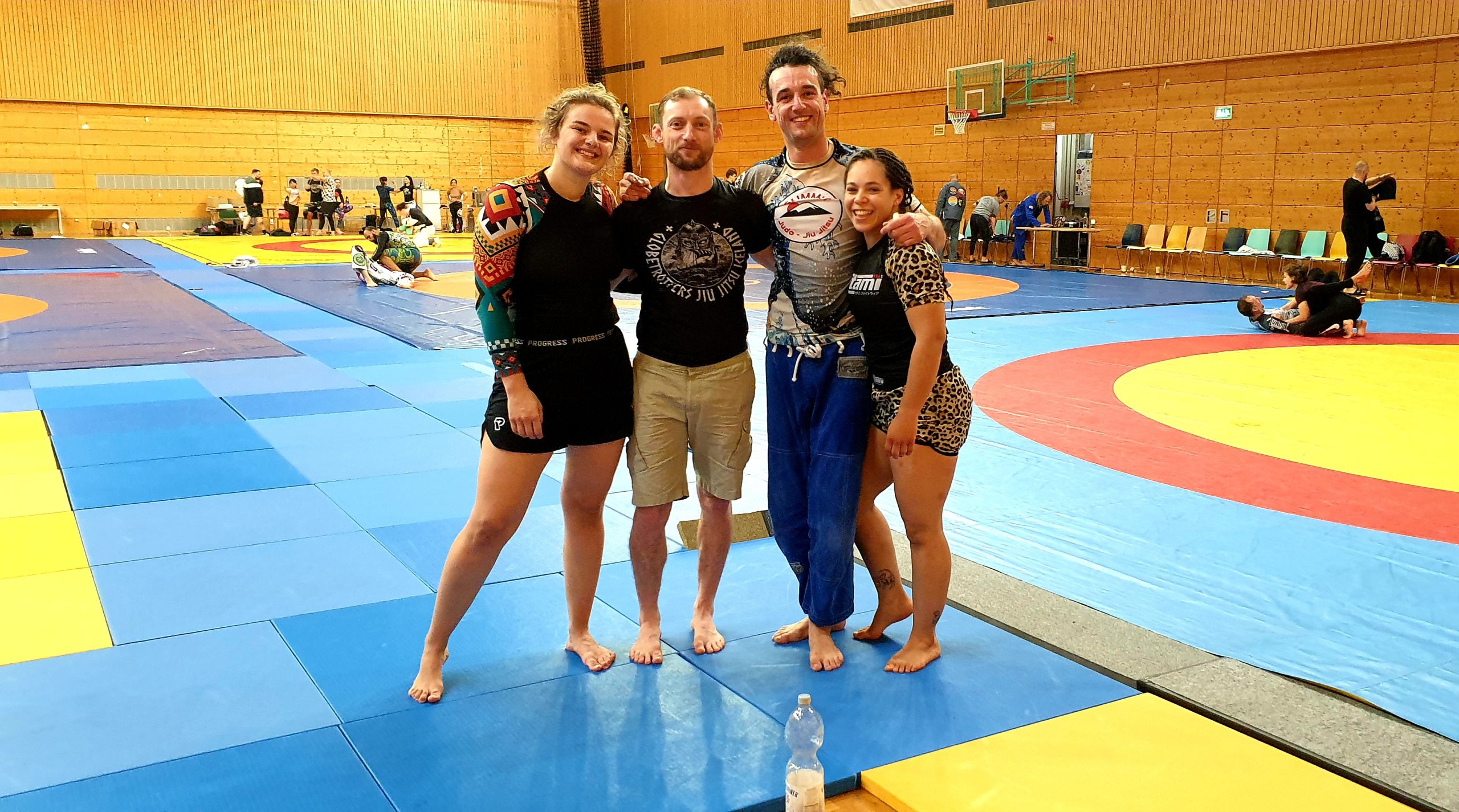
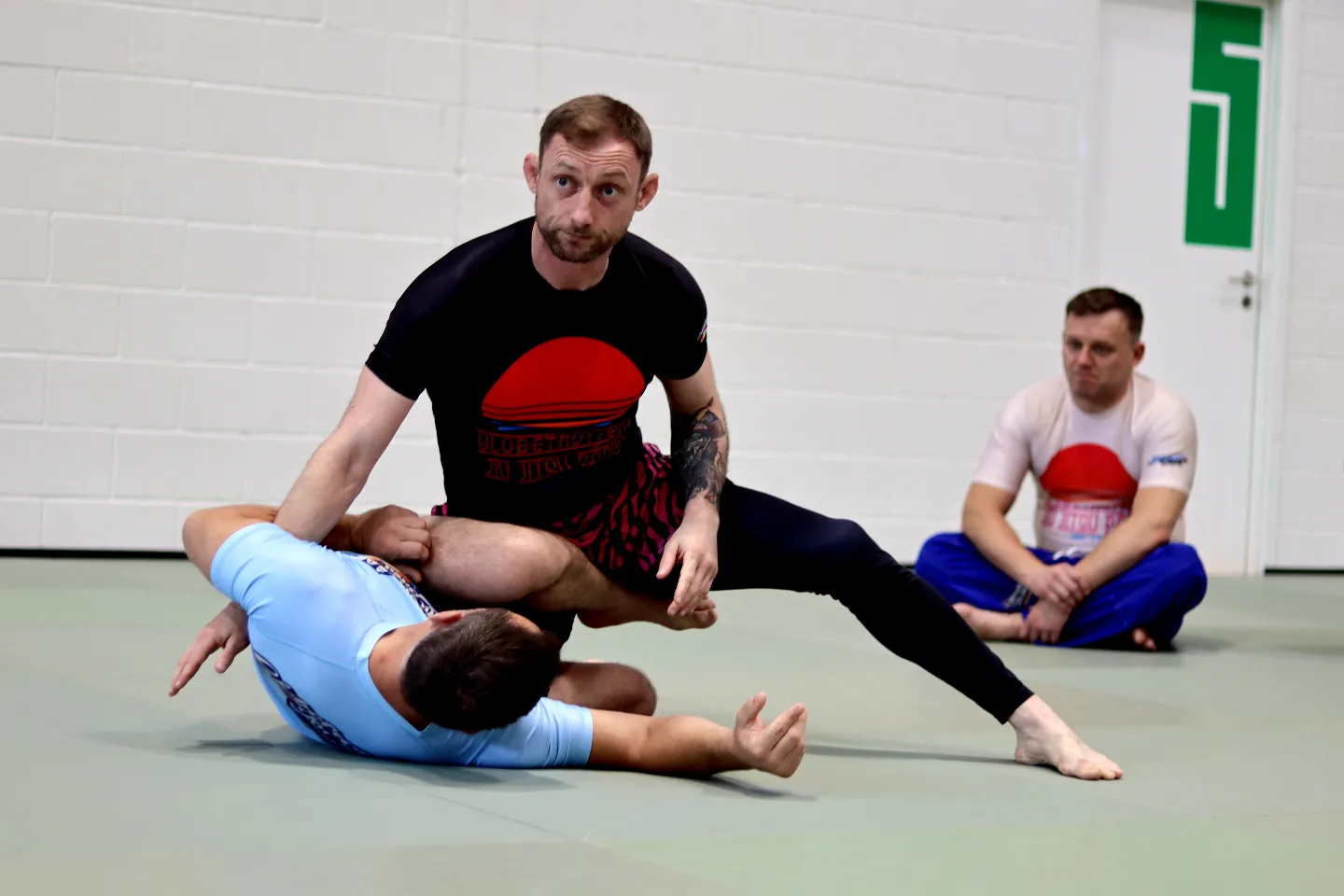
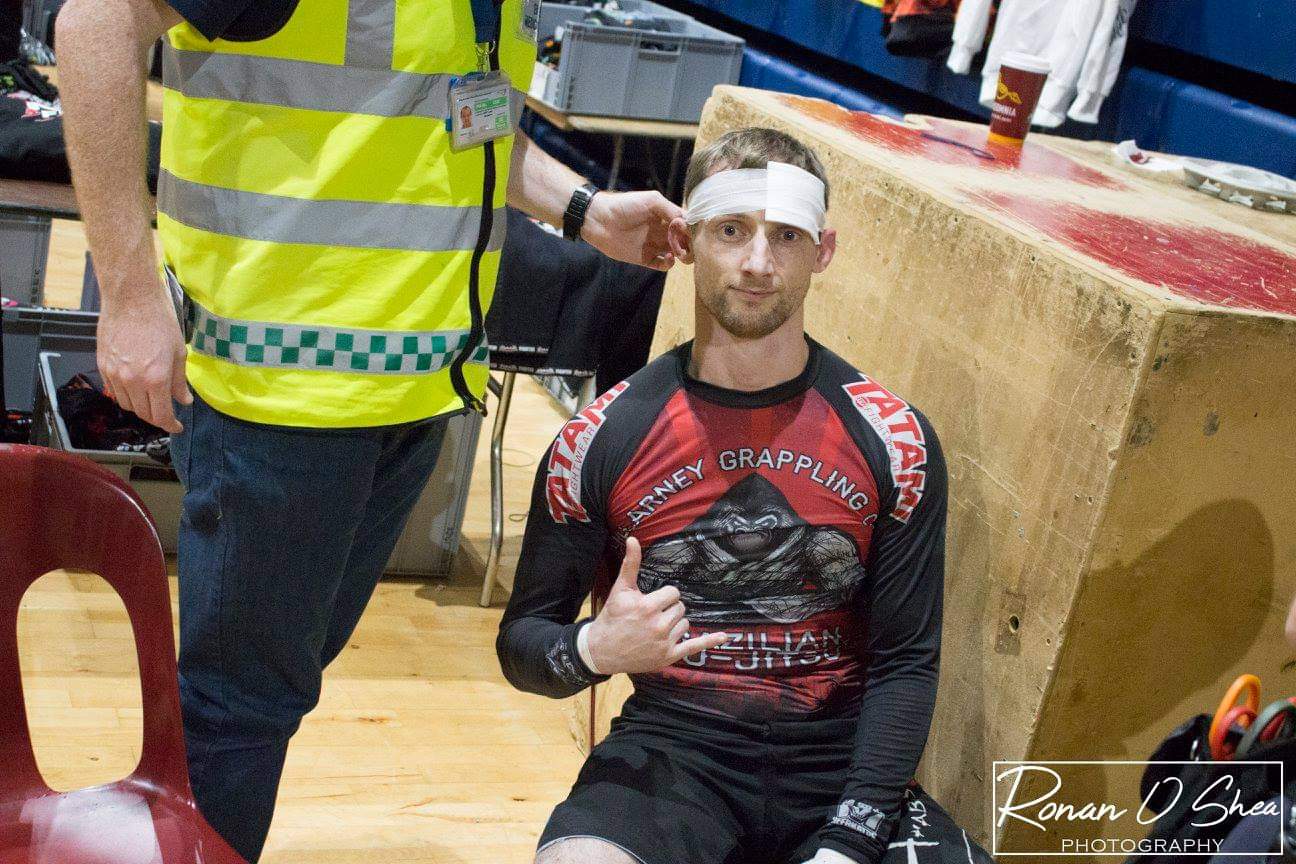









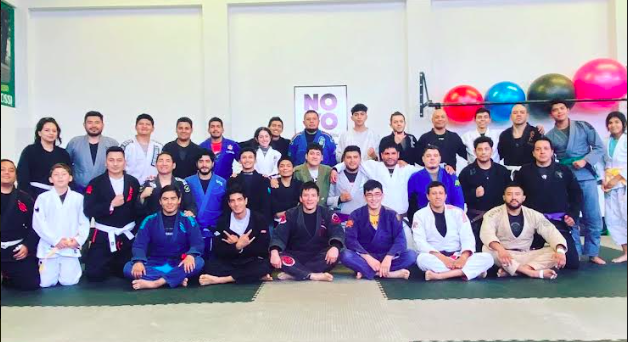
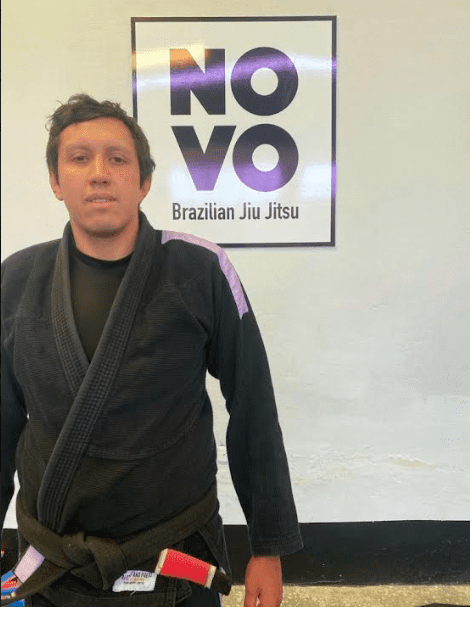
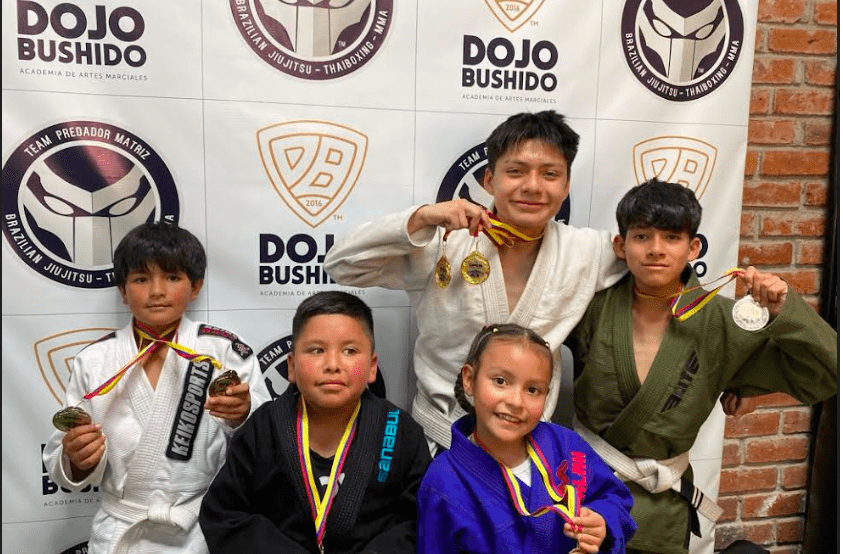
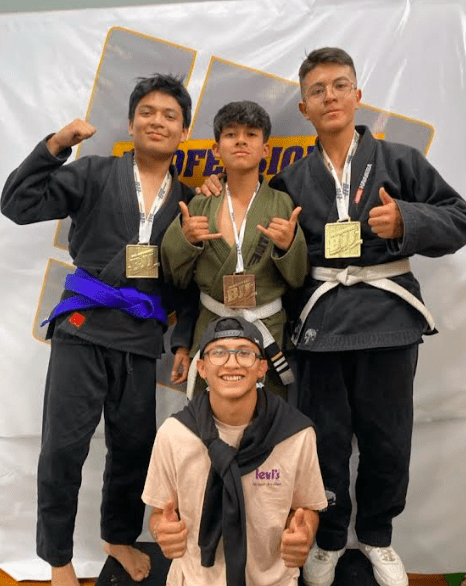
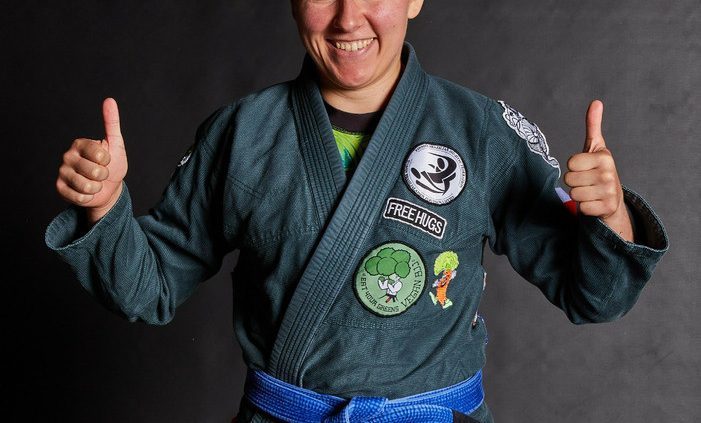
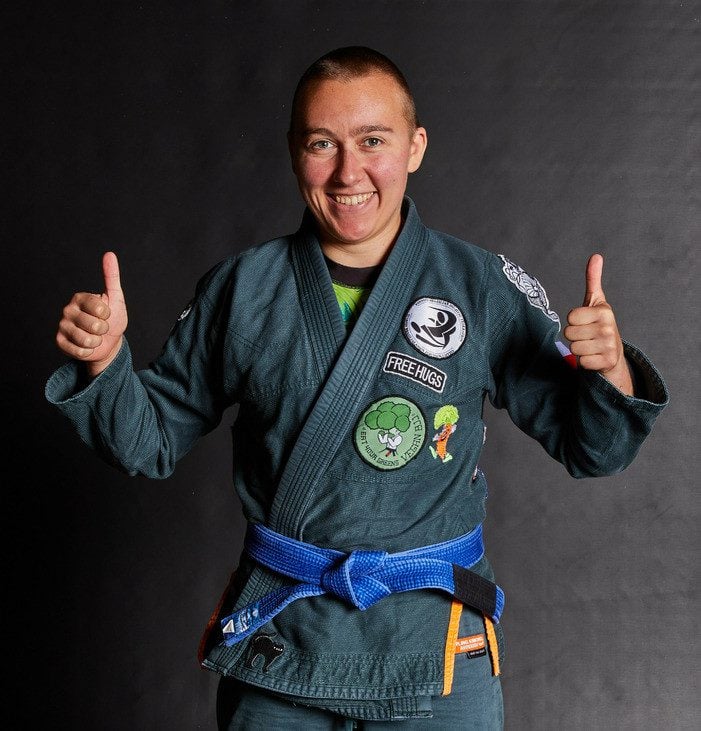
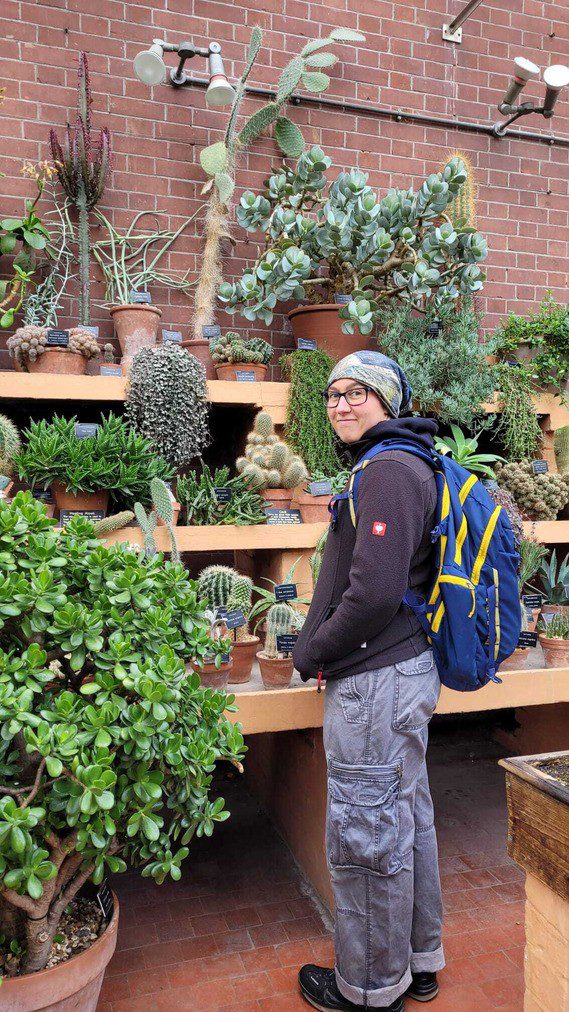
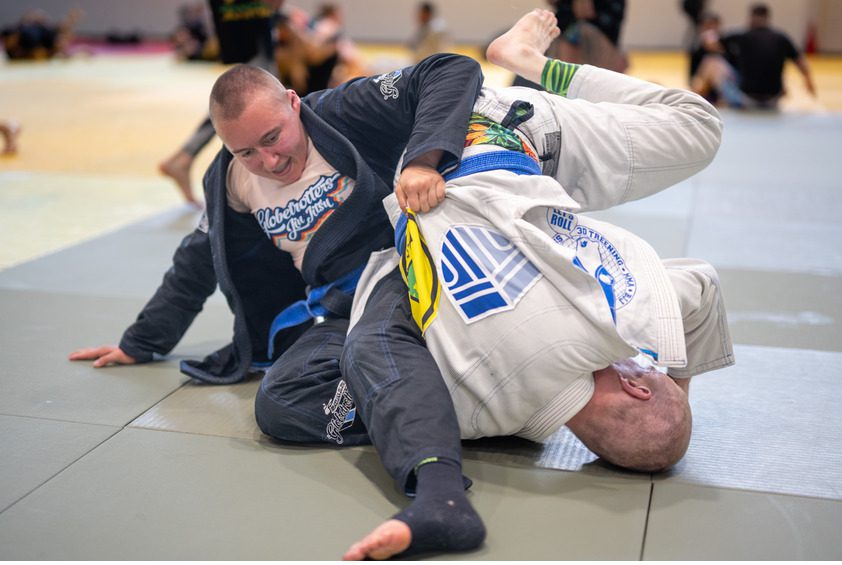
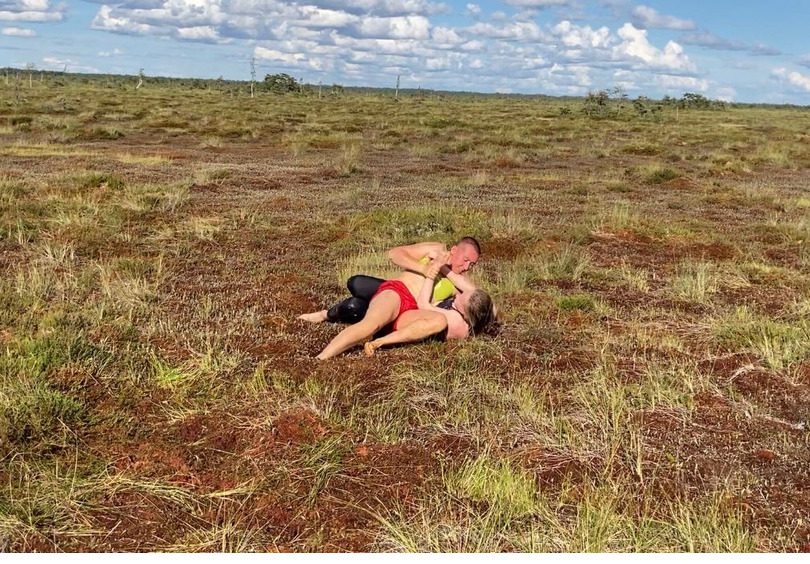
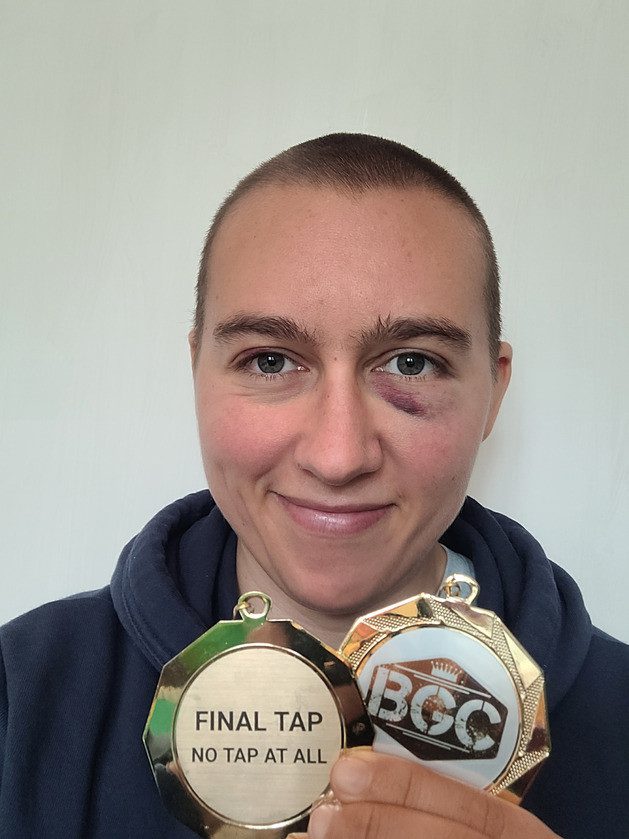
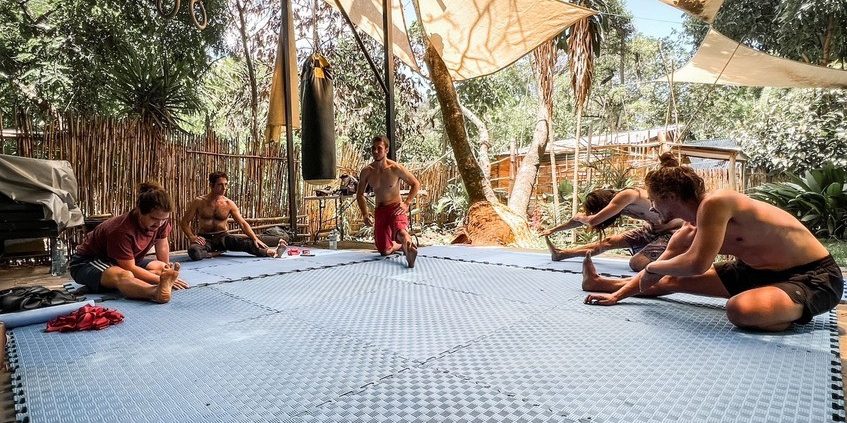
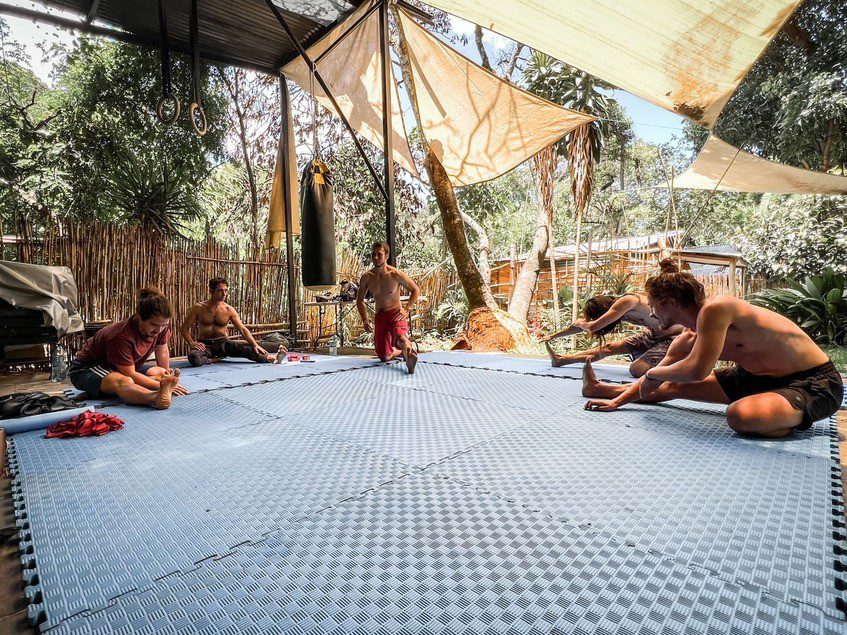
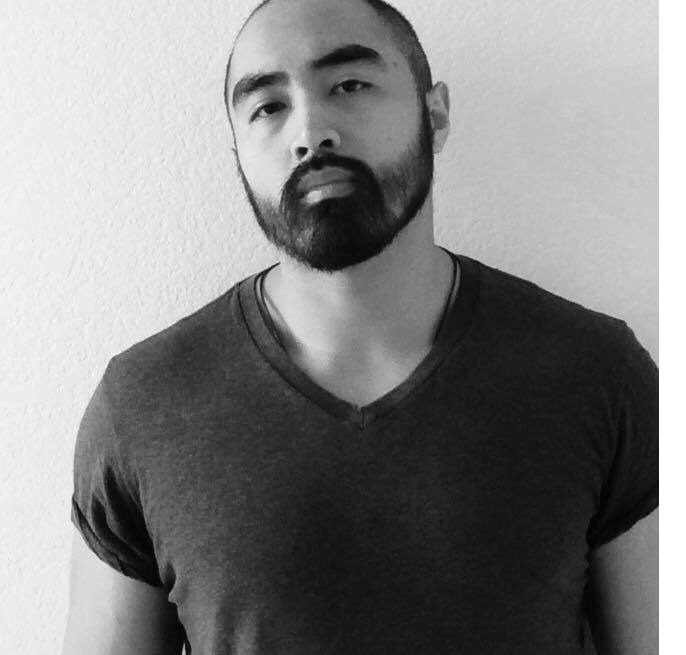
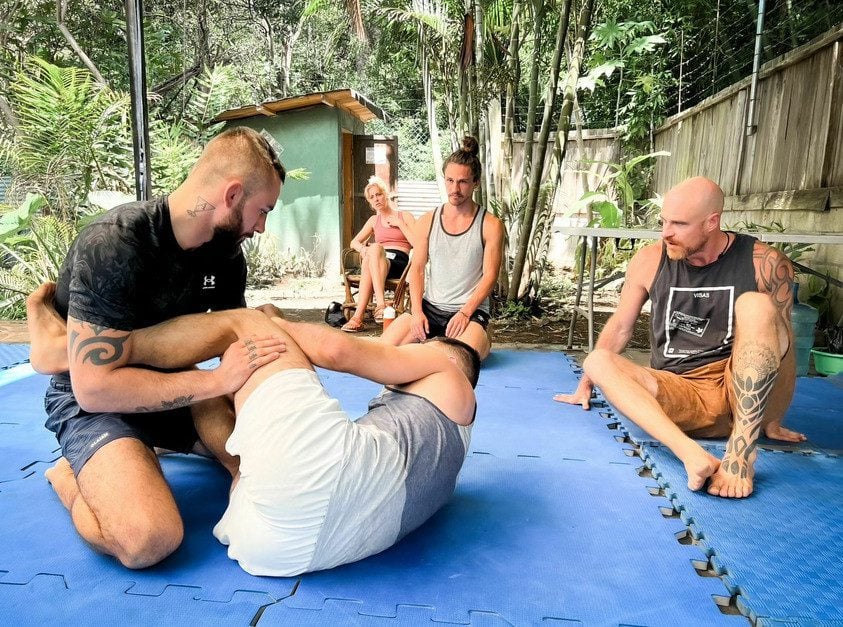
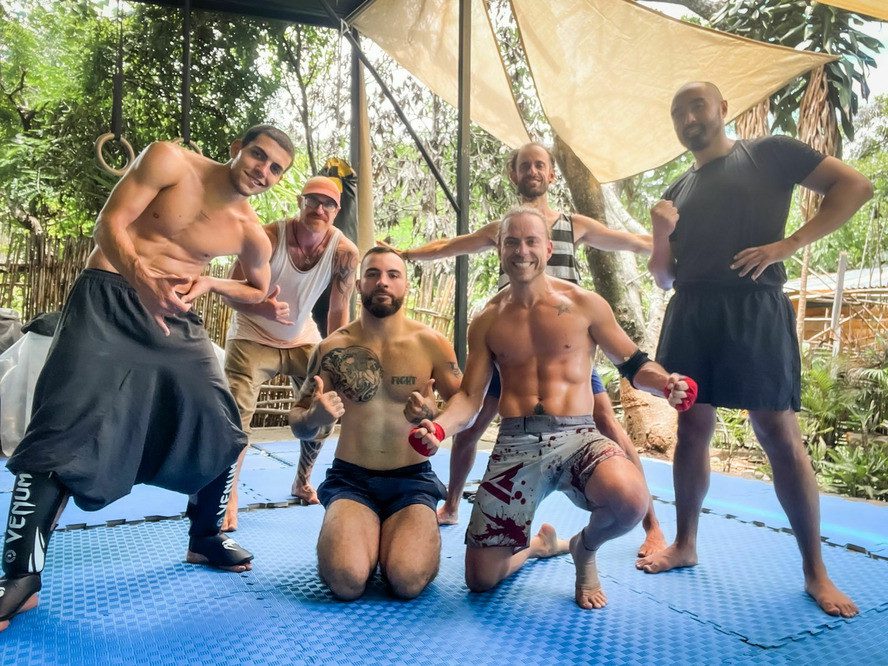
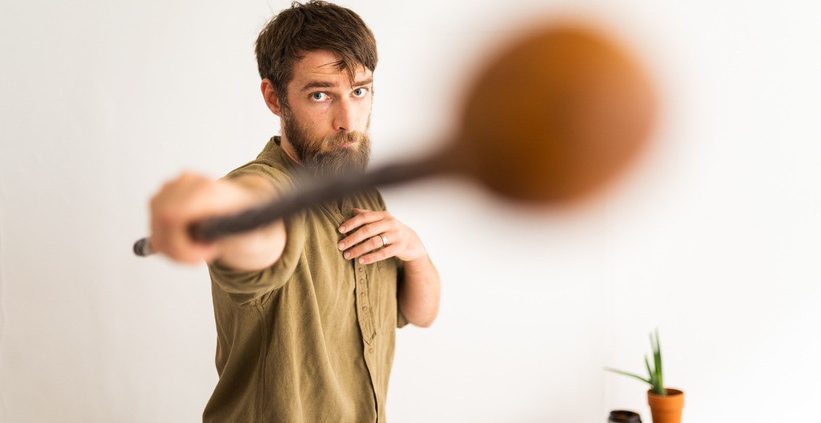
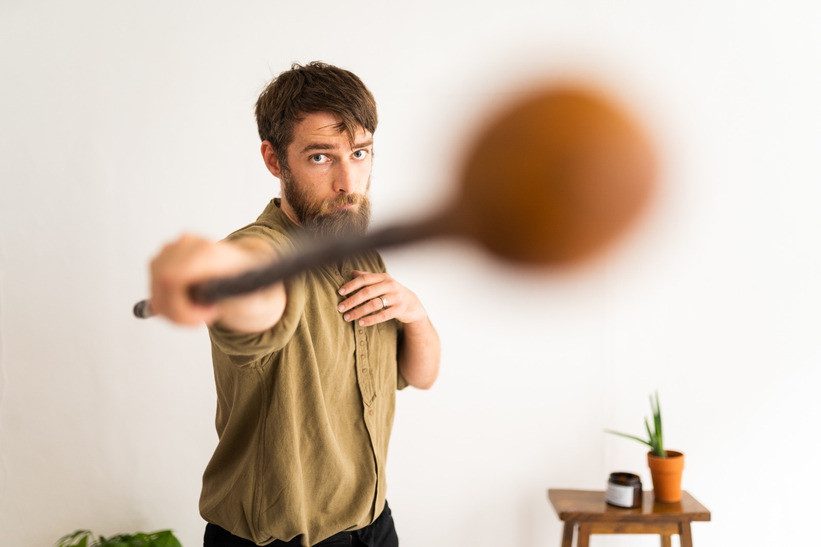
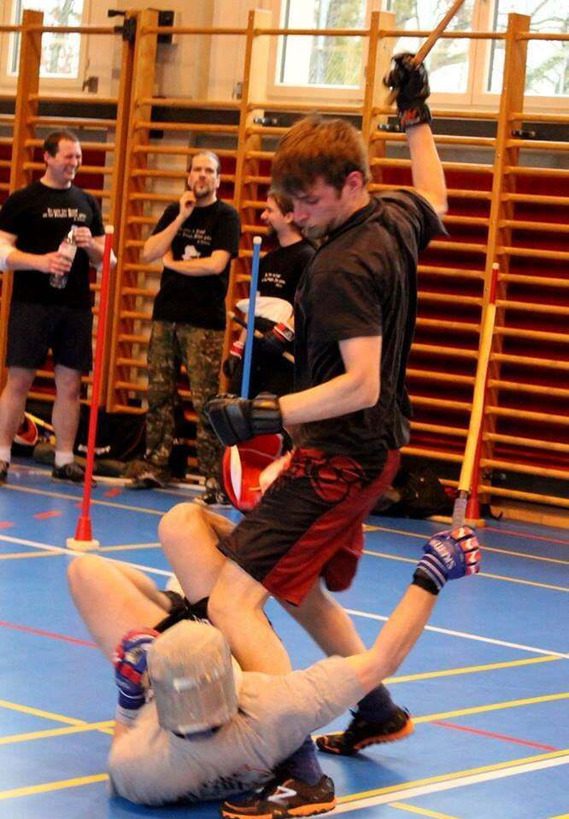
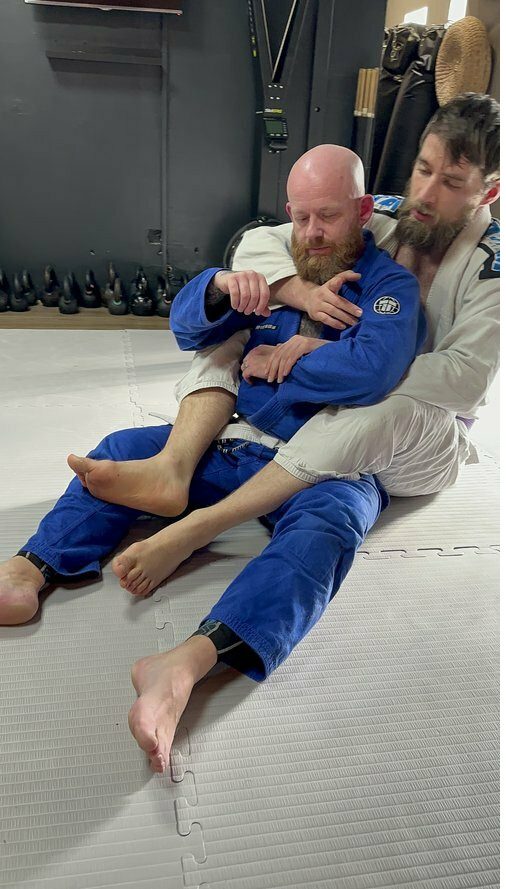
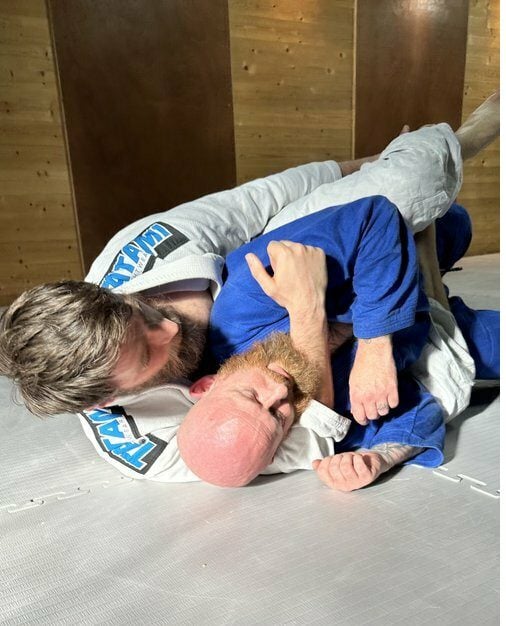
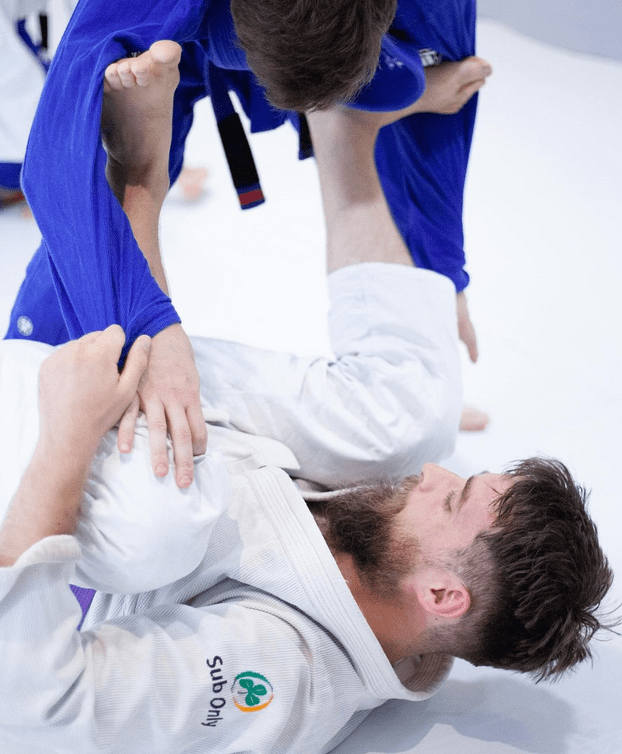
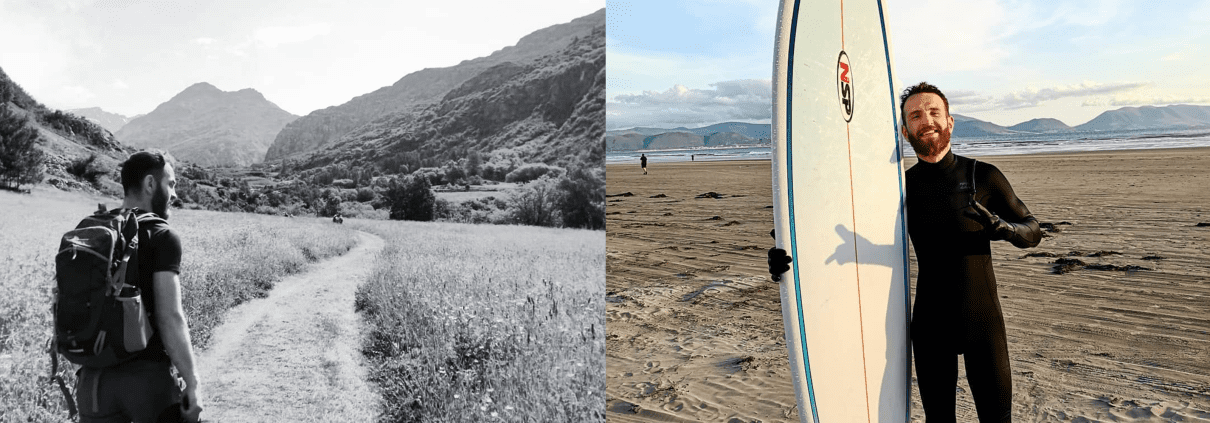
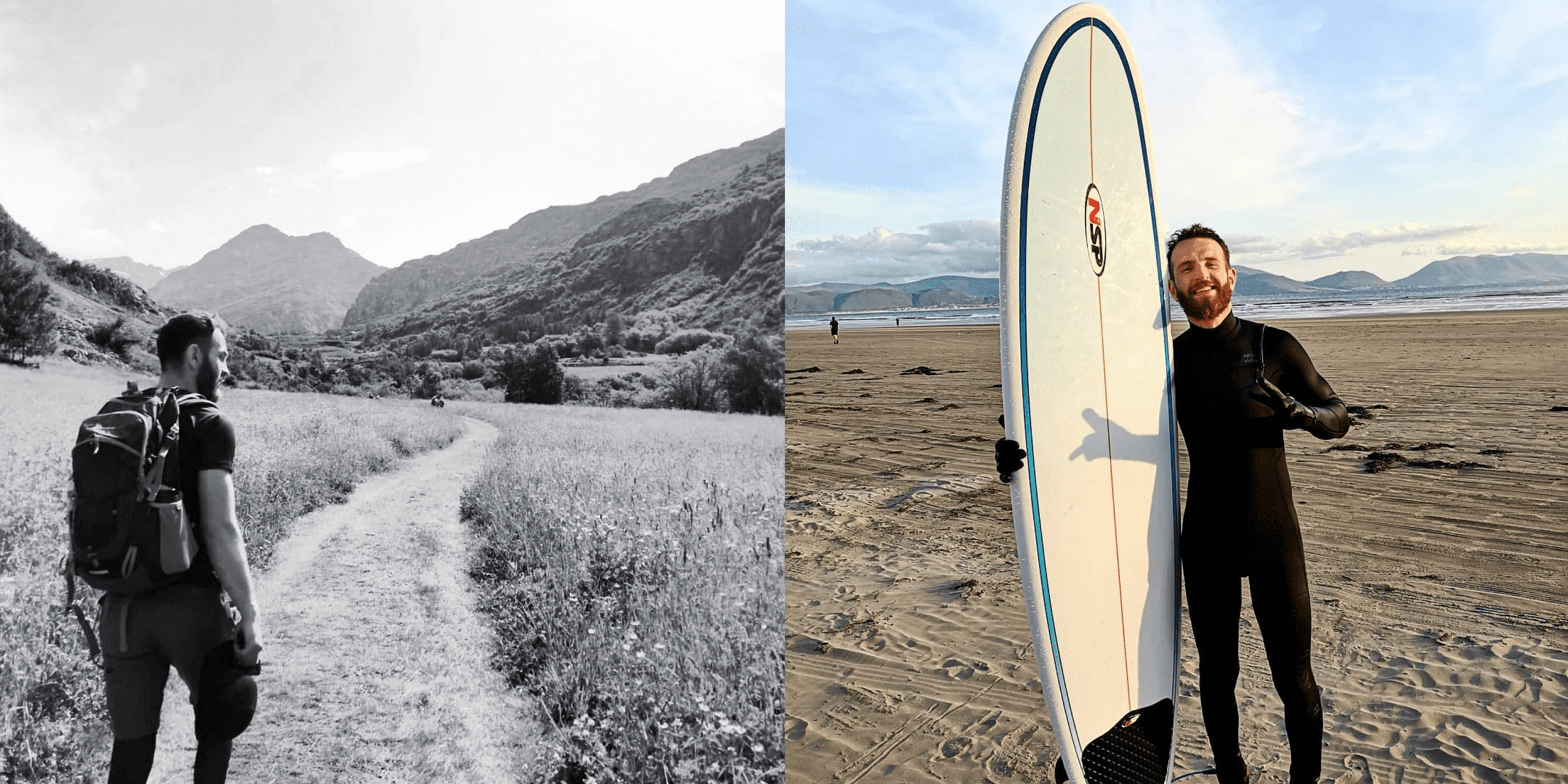
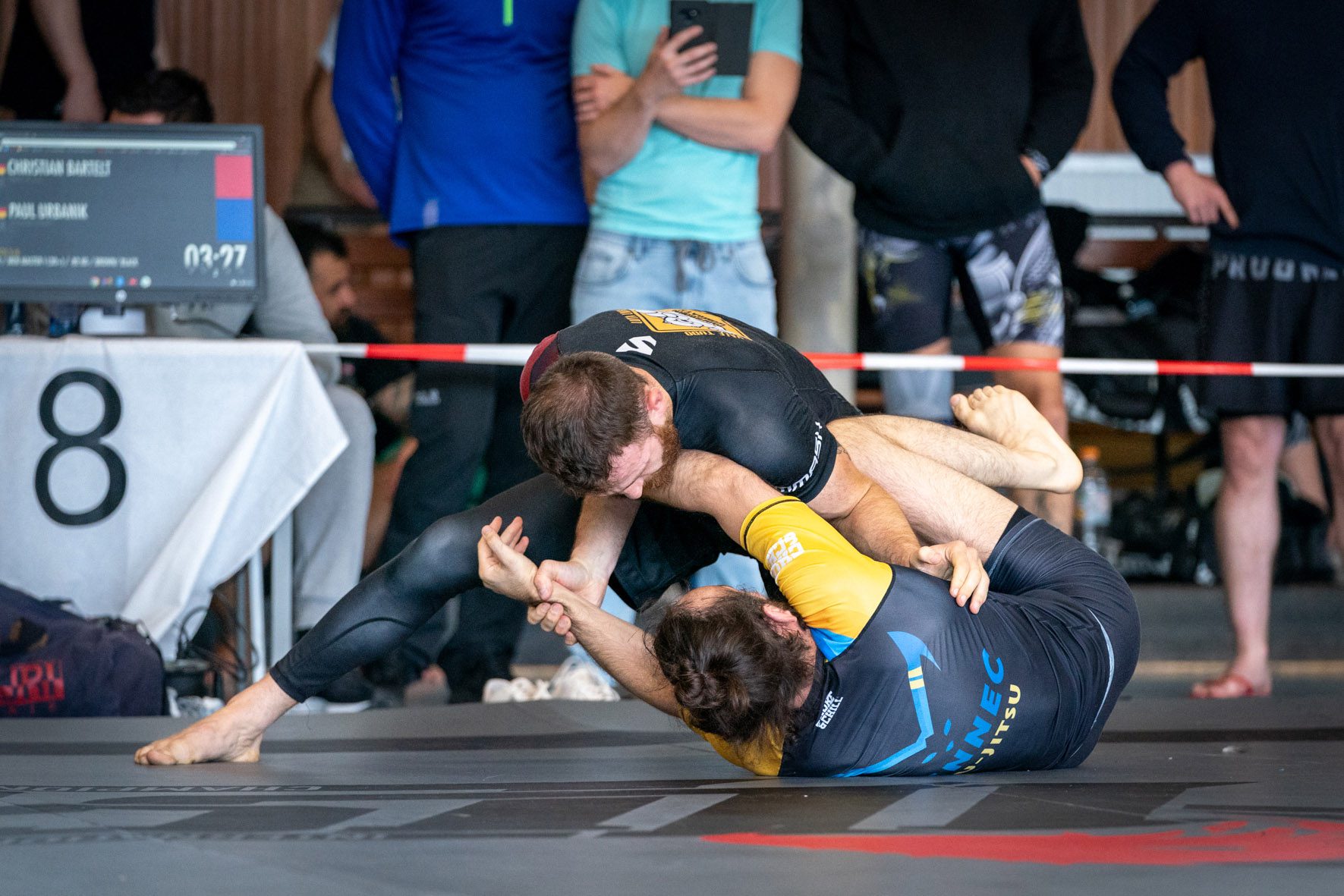
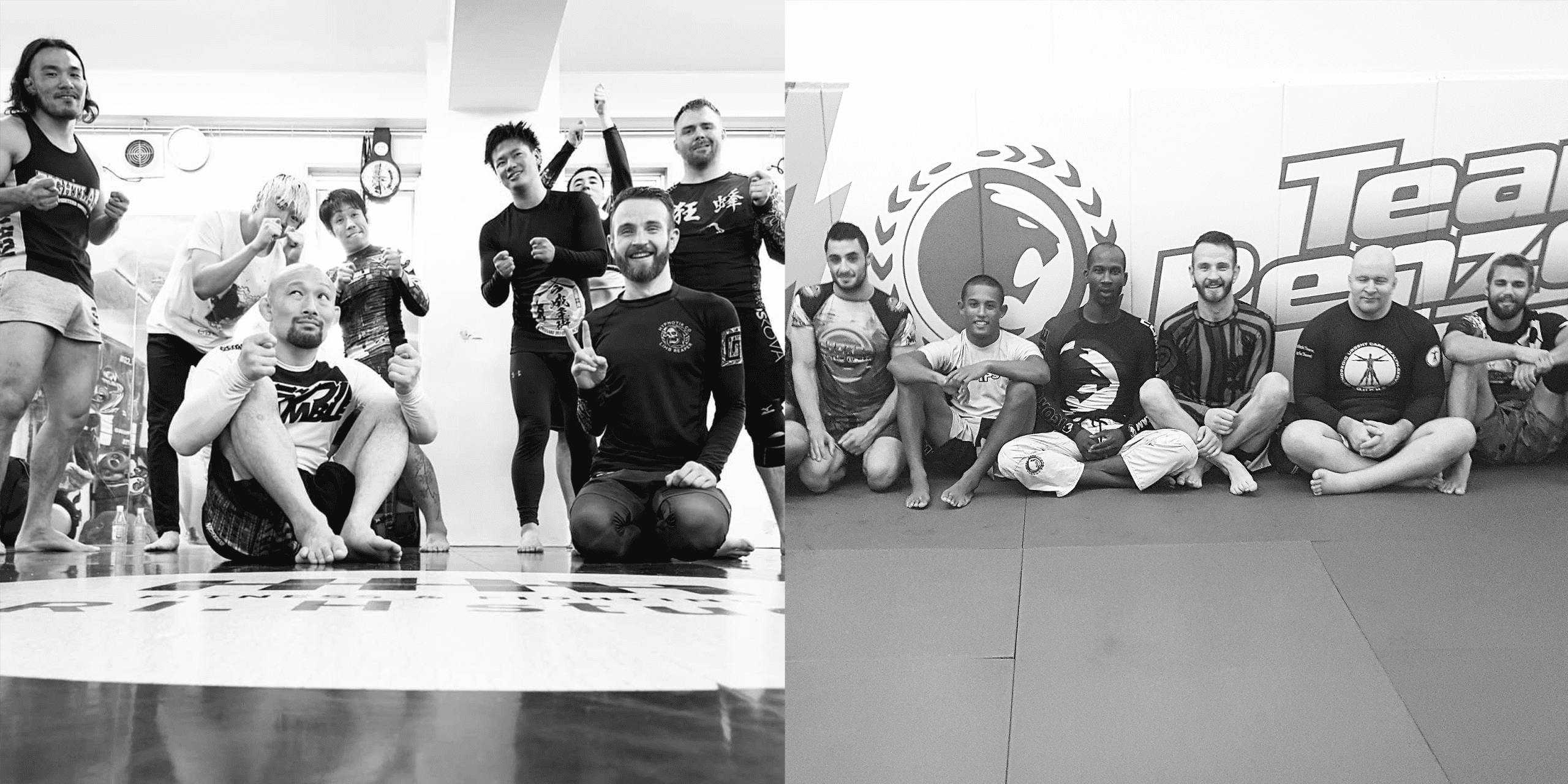
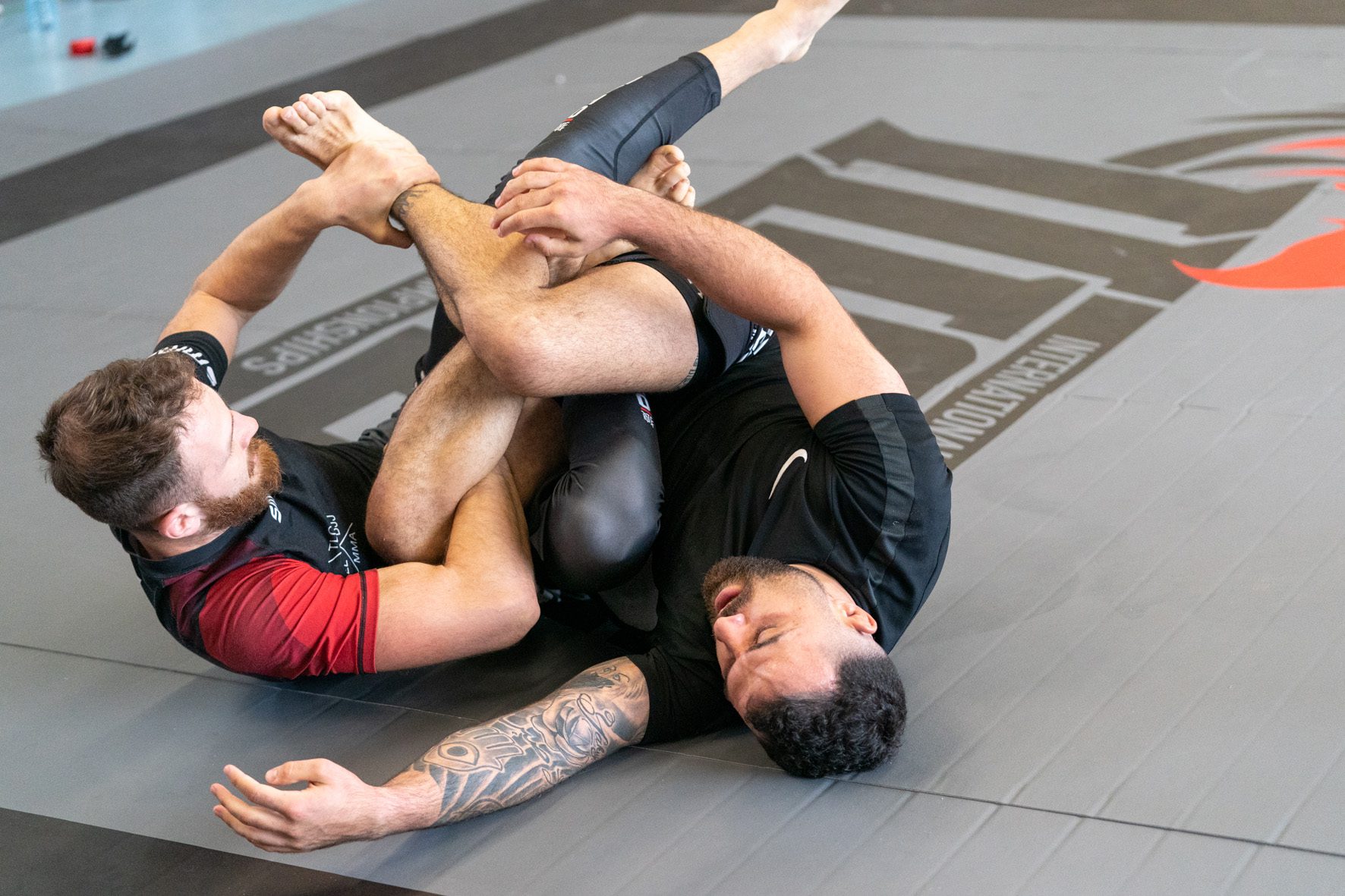
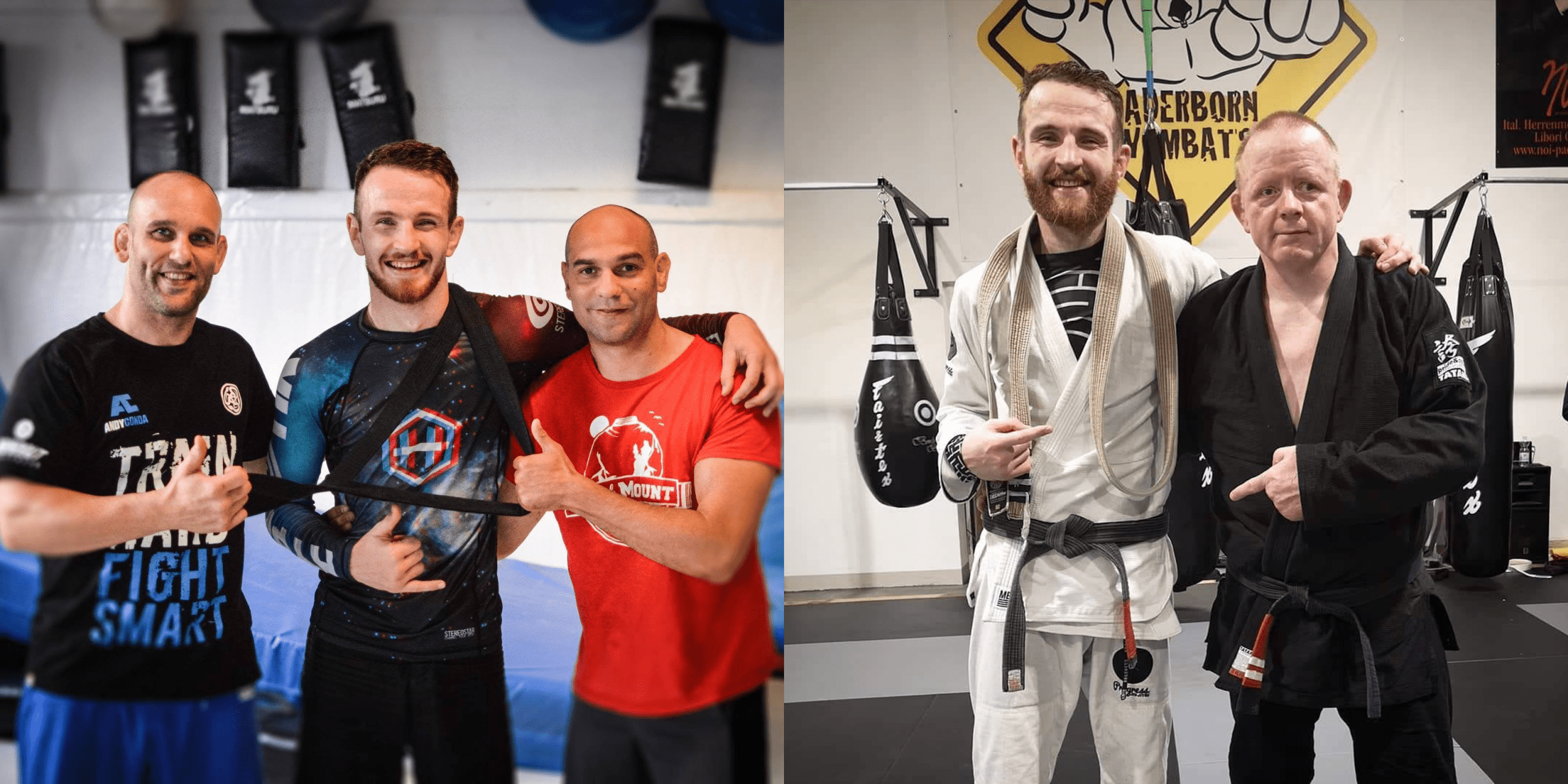
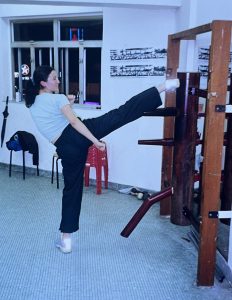
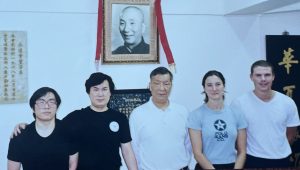
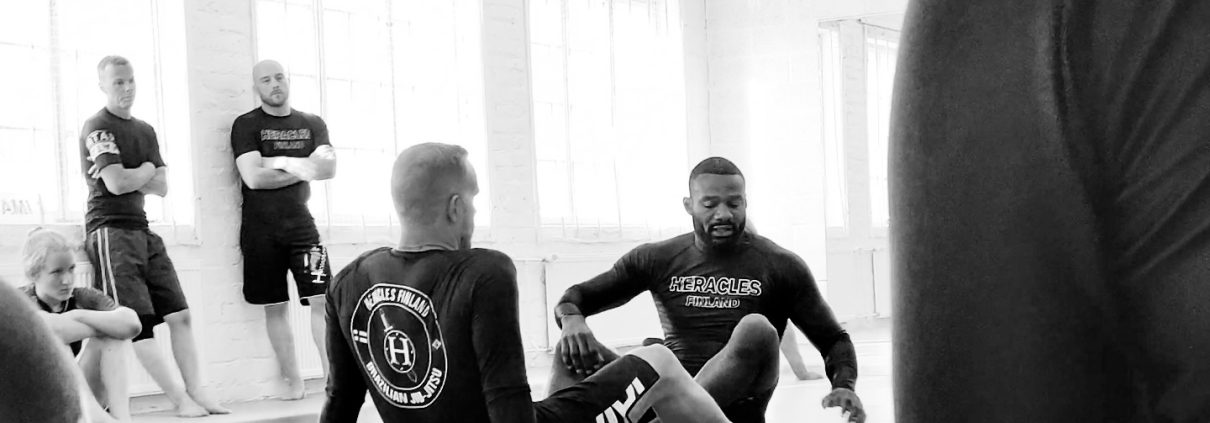
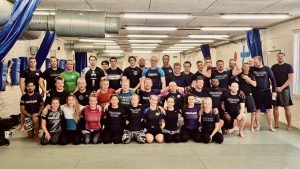
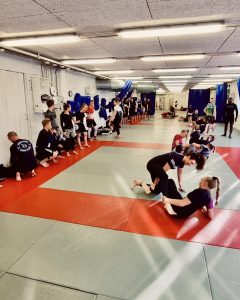
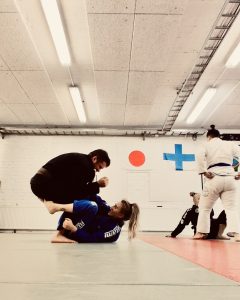
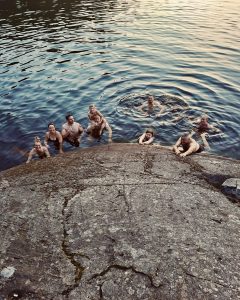
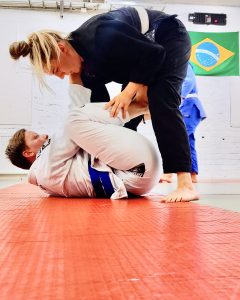
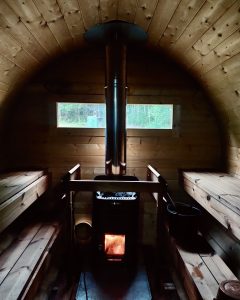
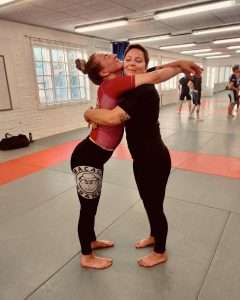
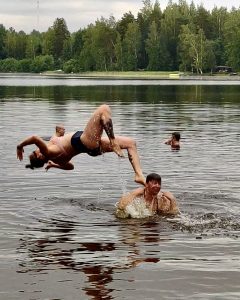
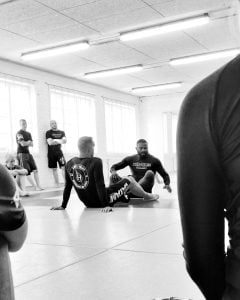
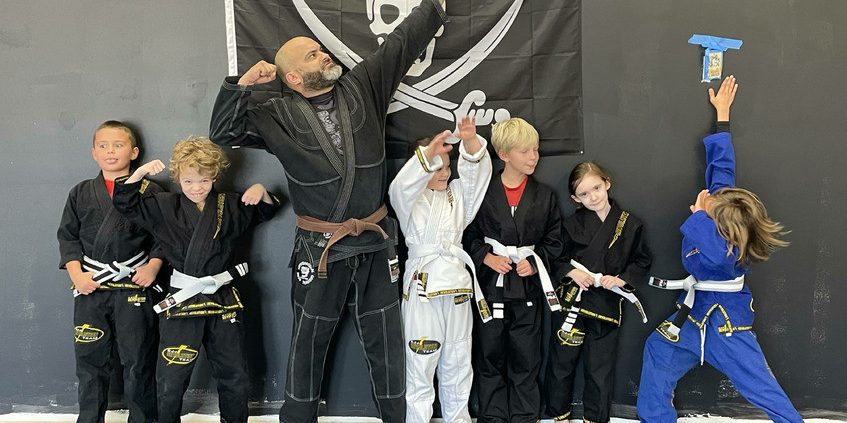
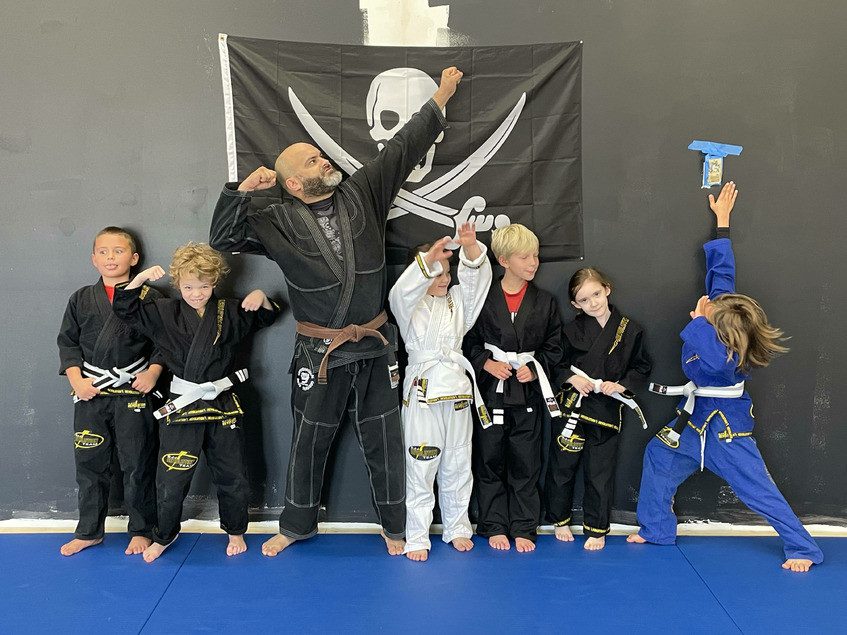
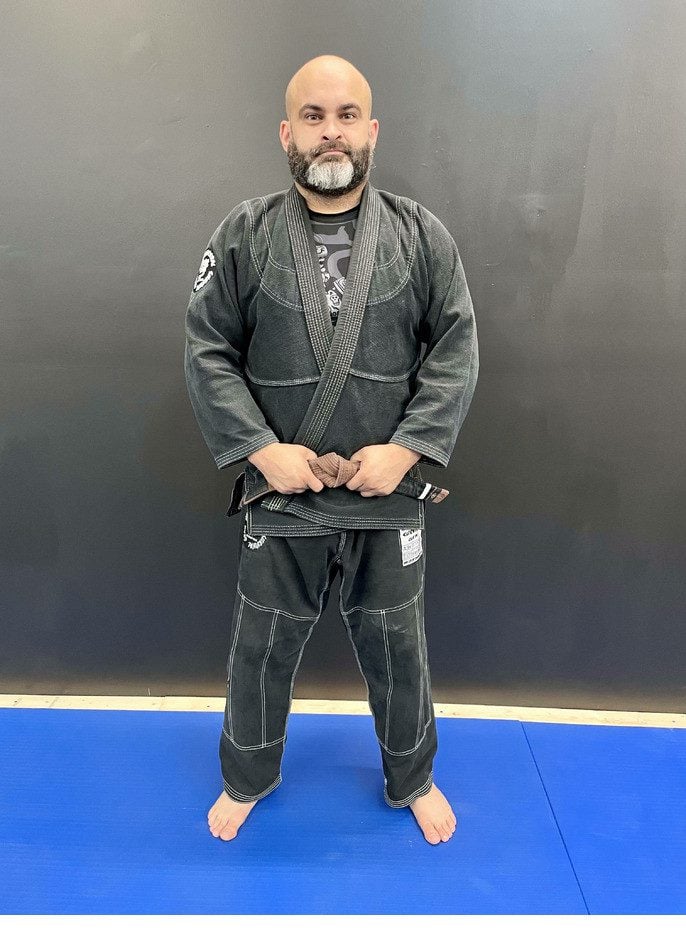
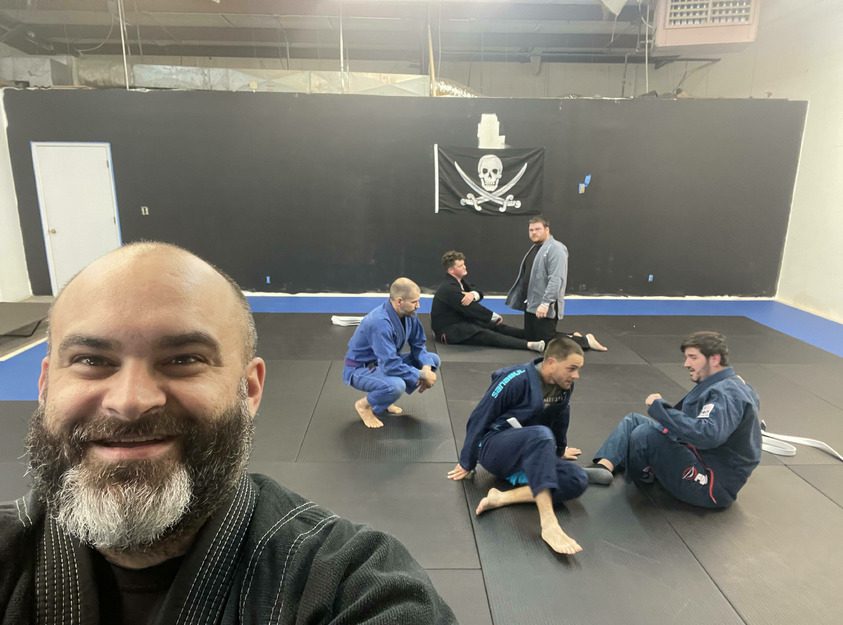
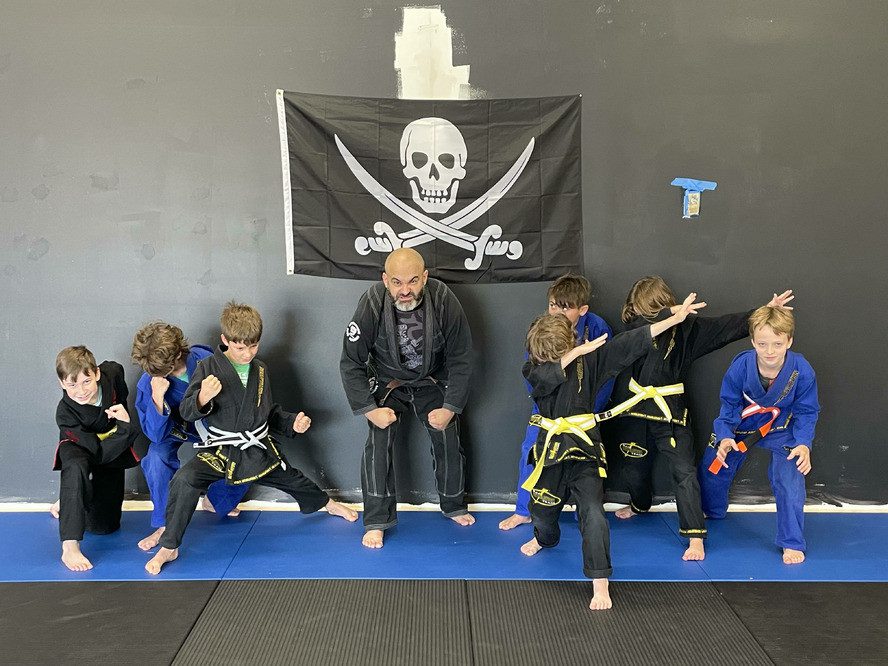
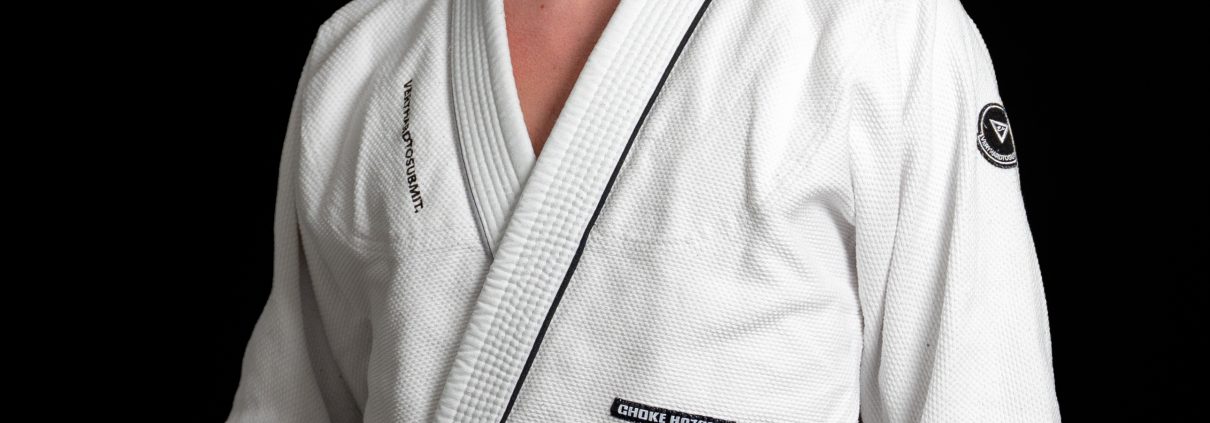
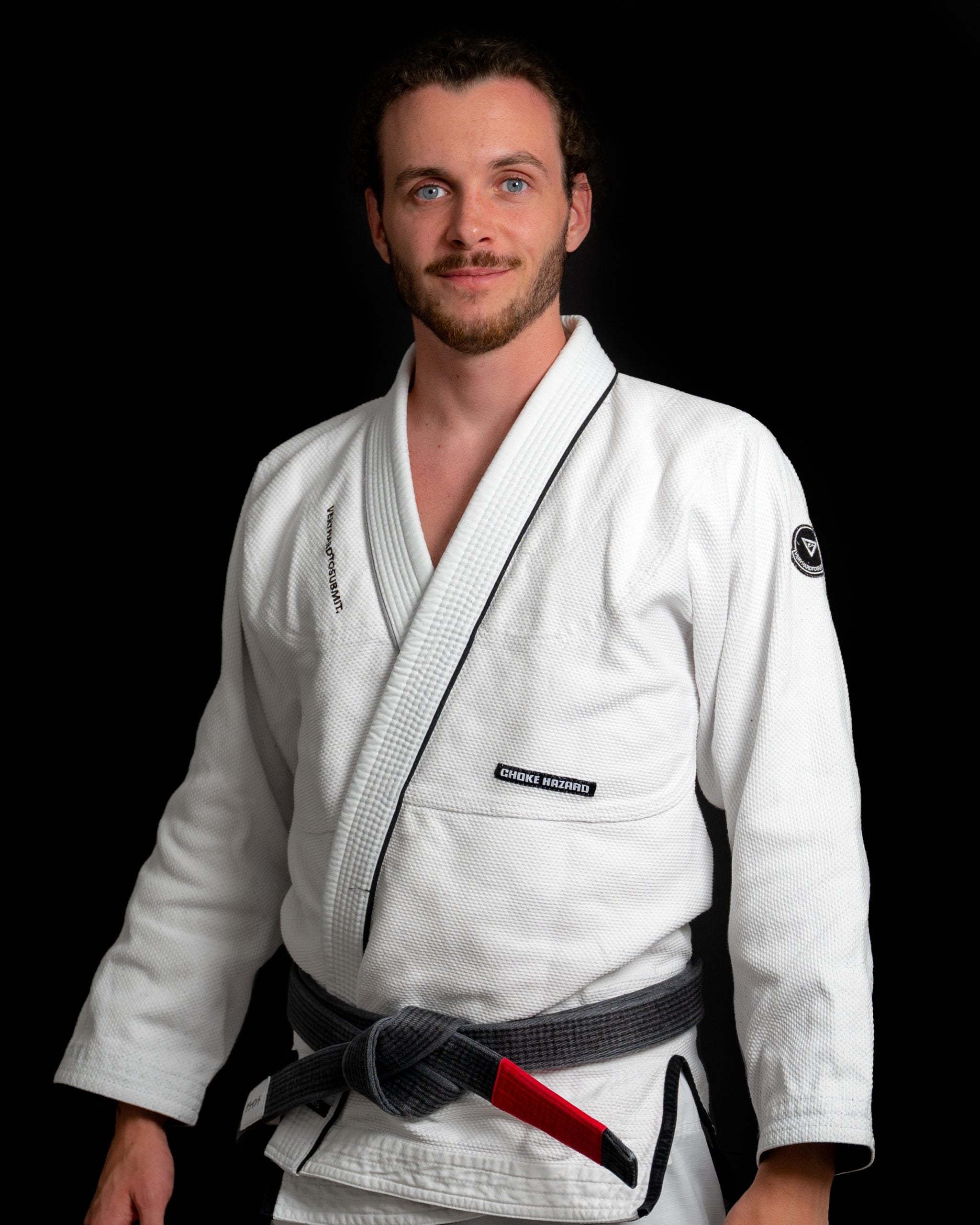
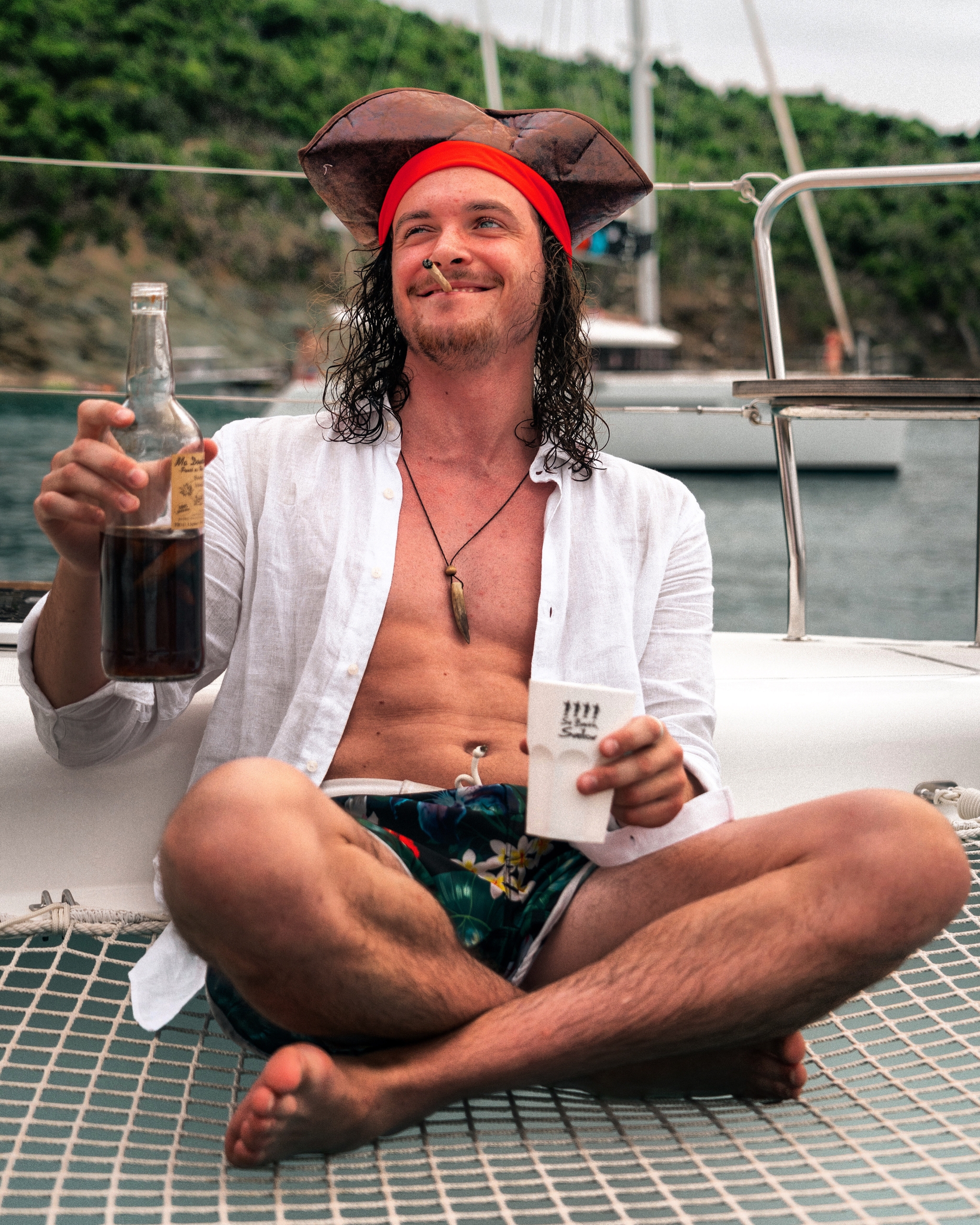
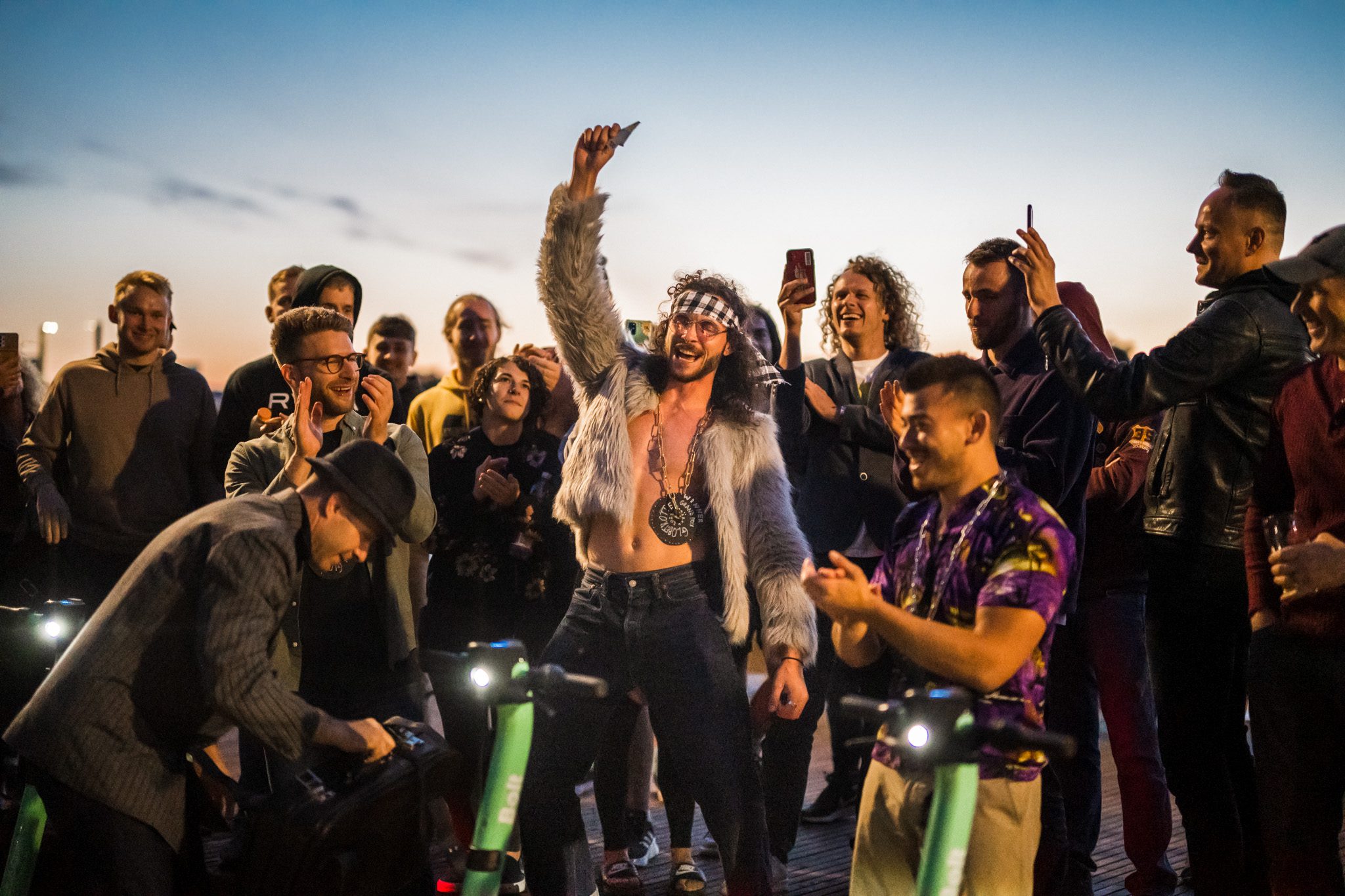
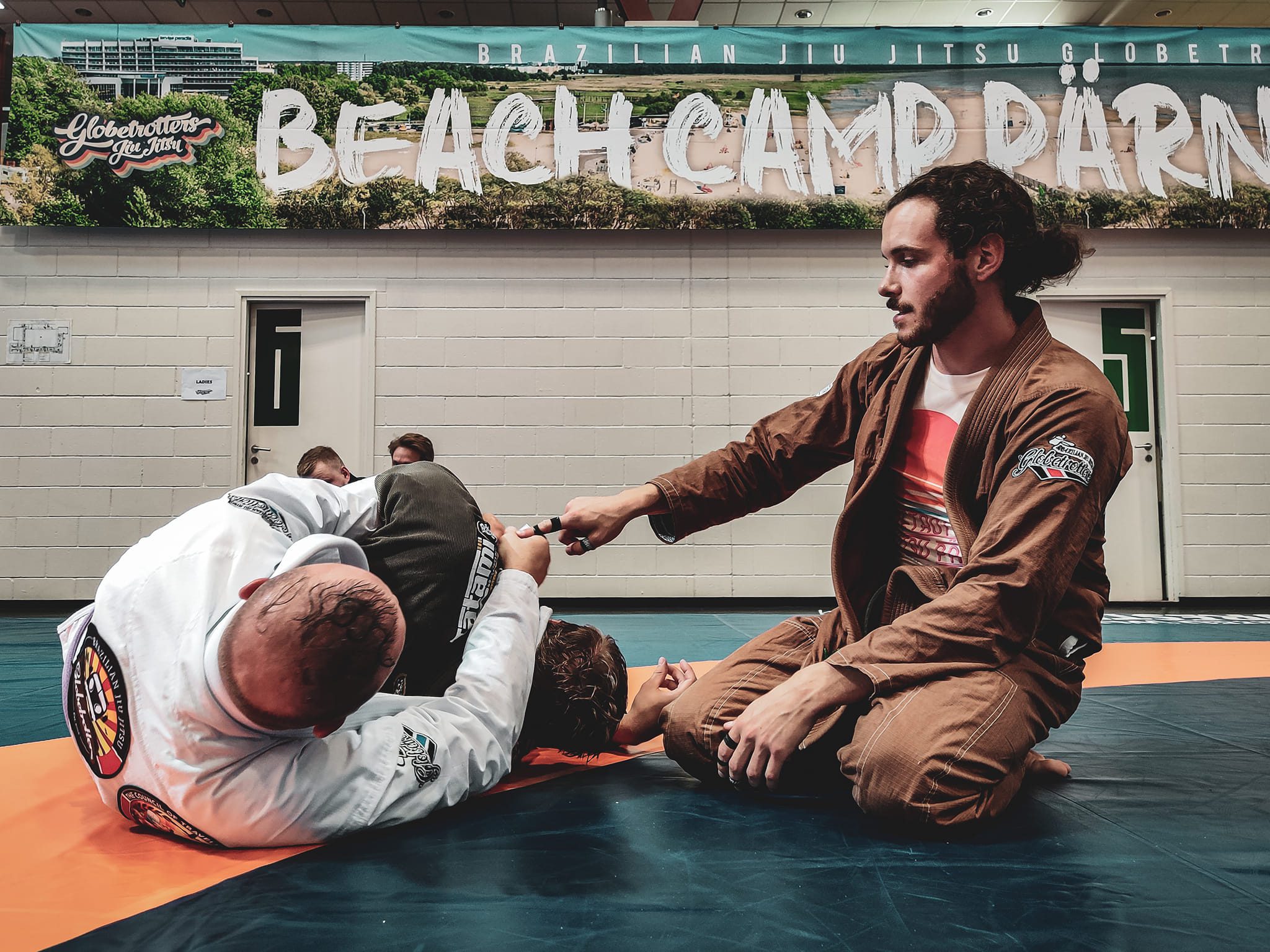
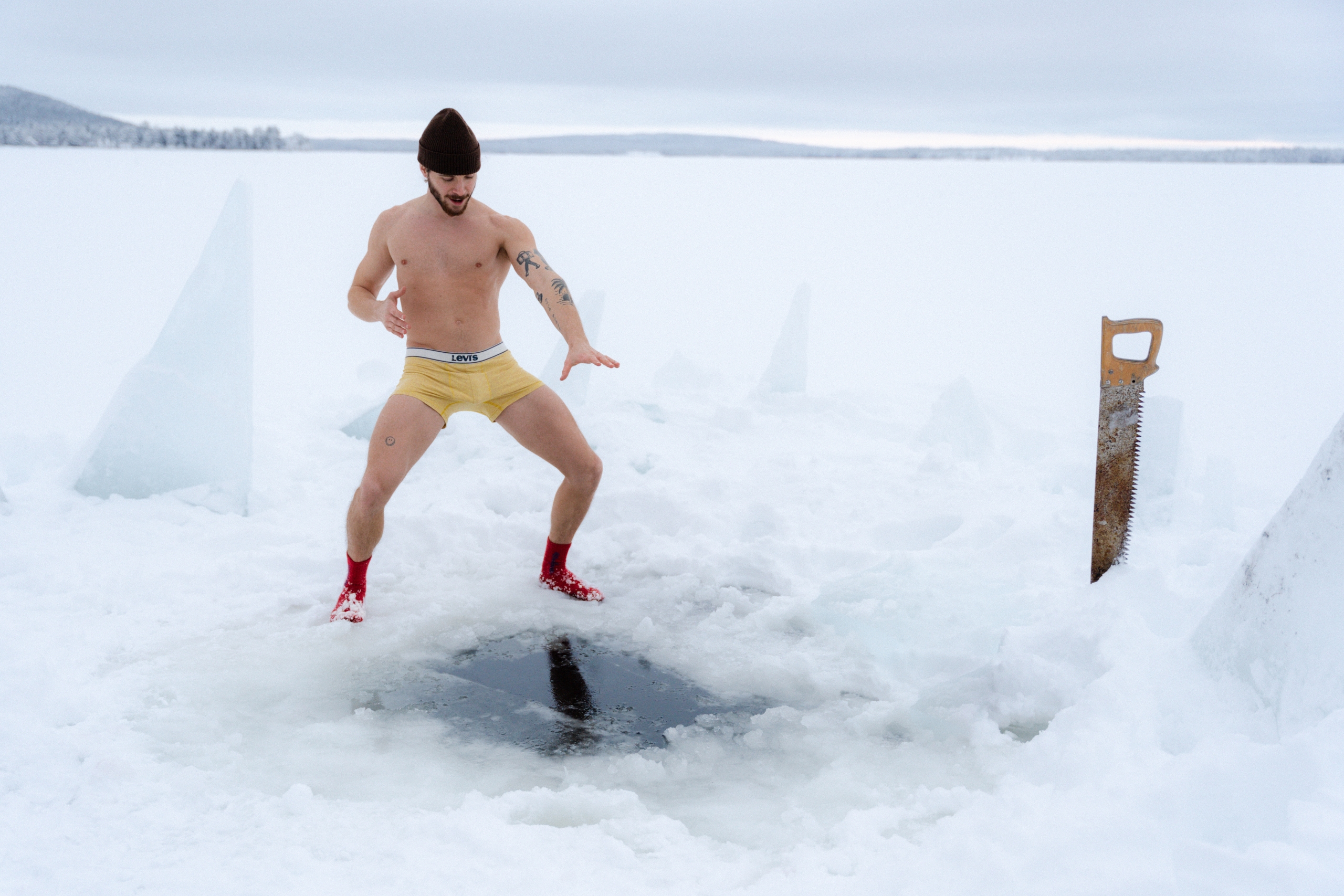
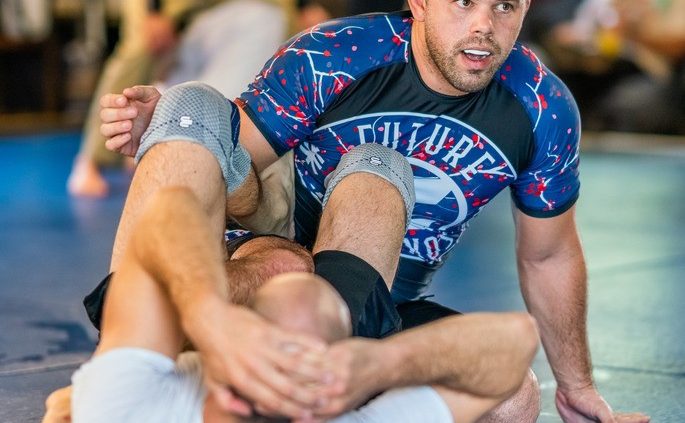
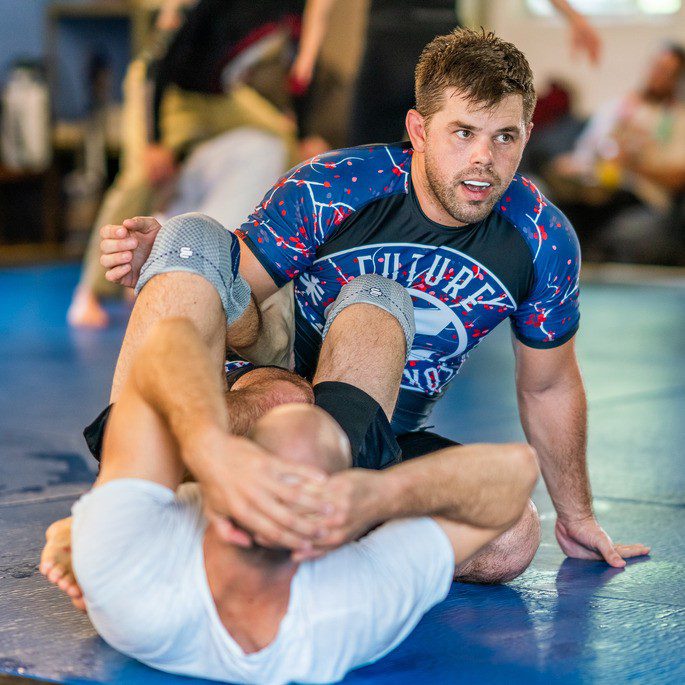
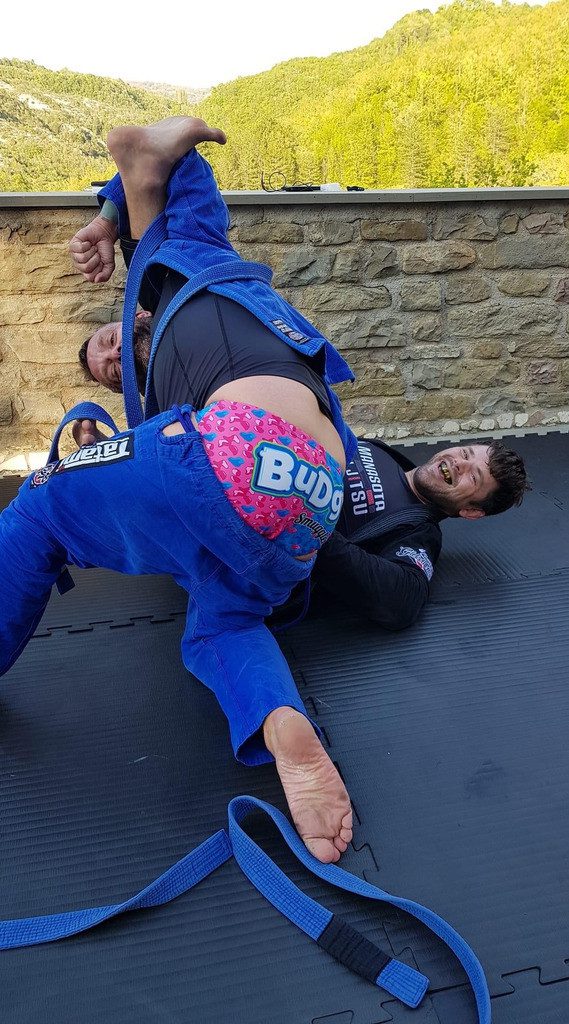
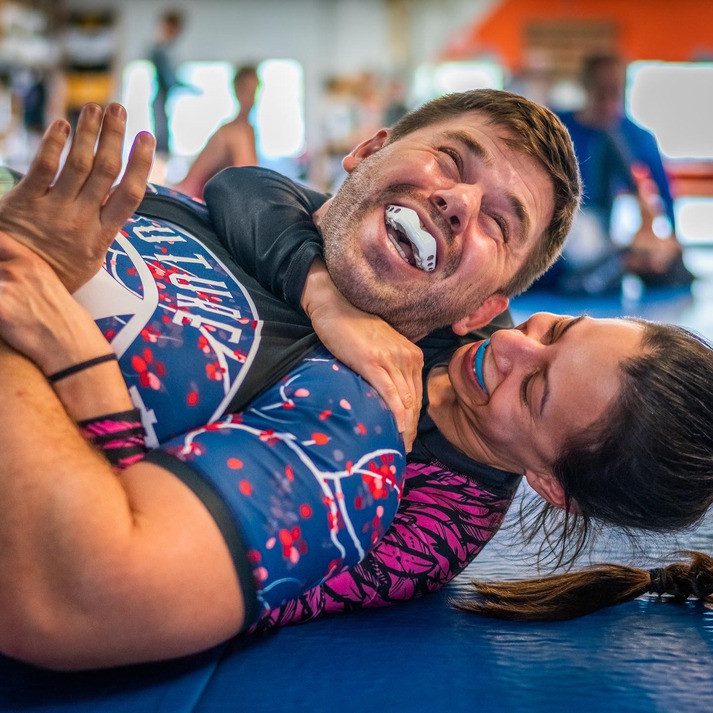
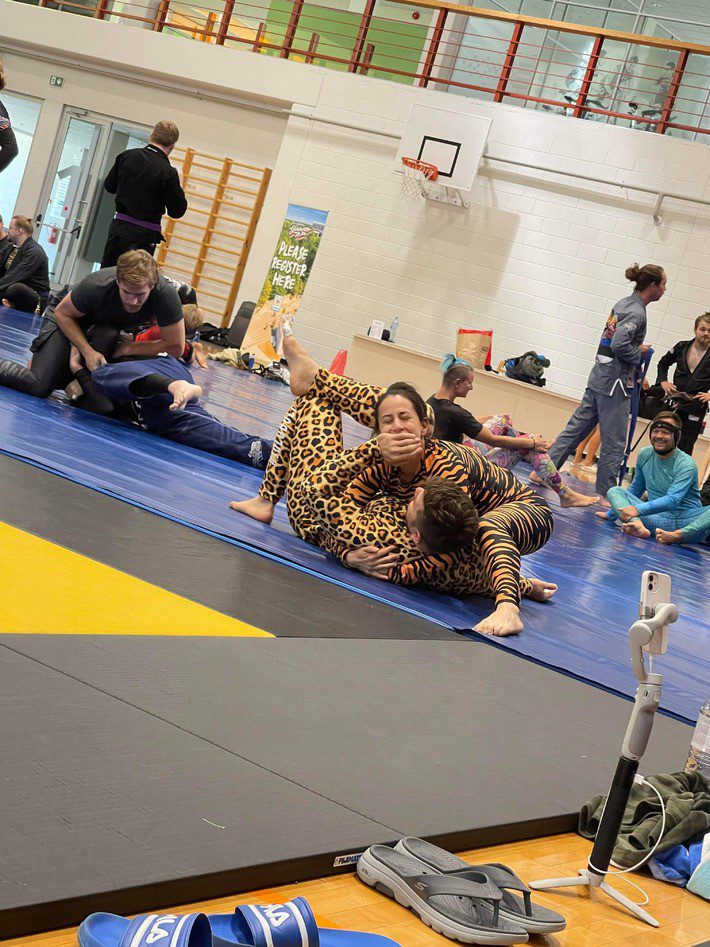
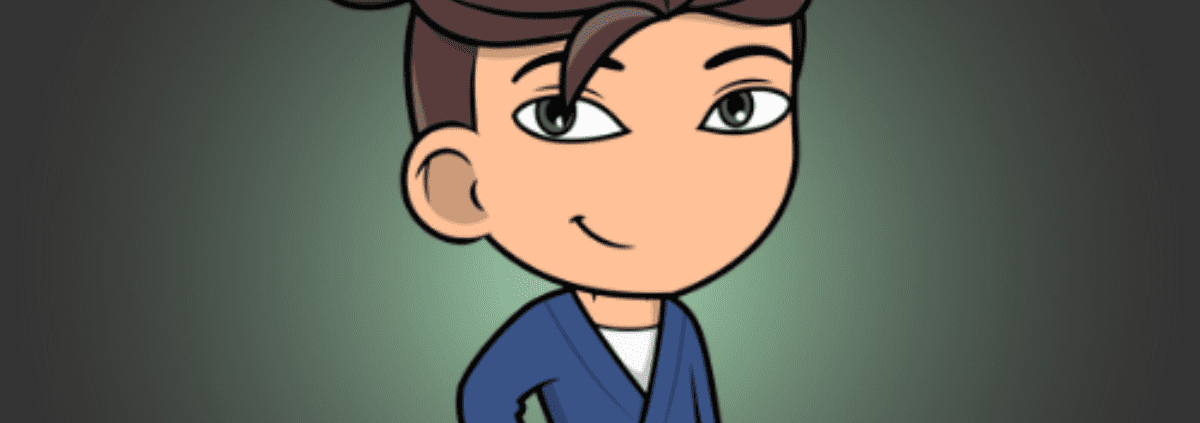
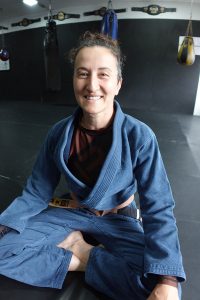 .
. 